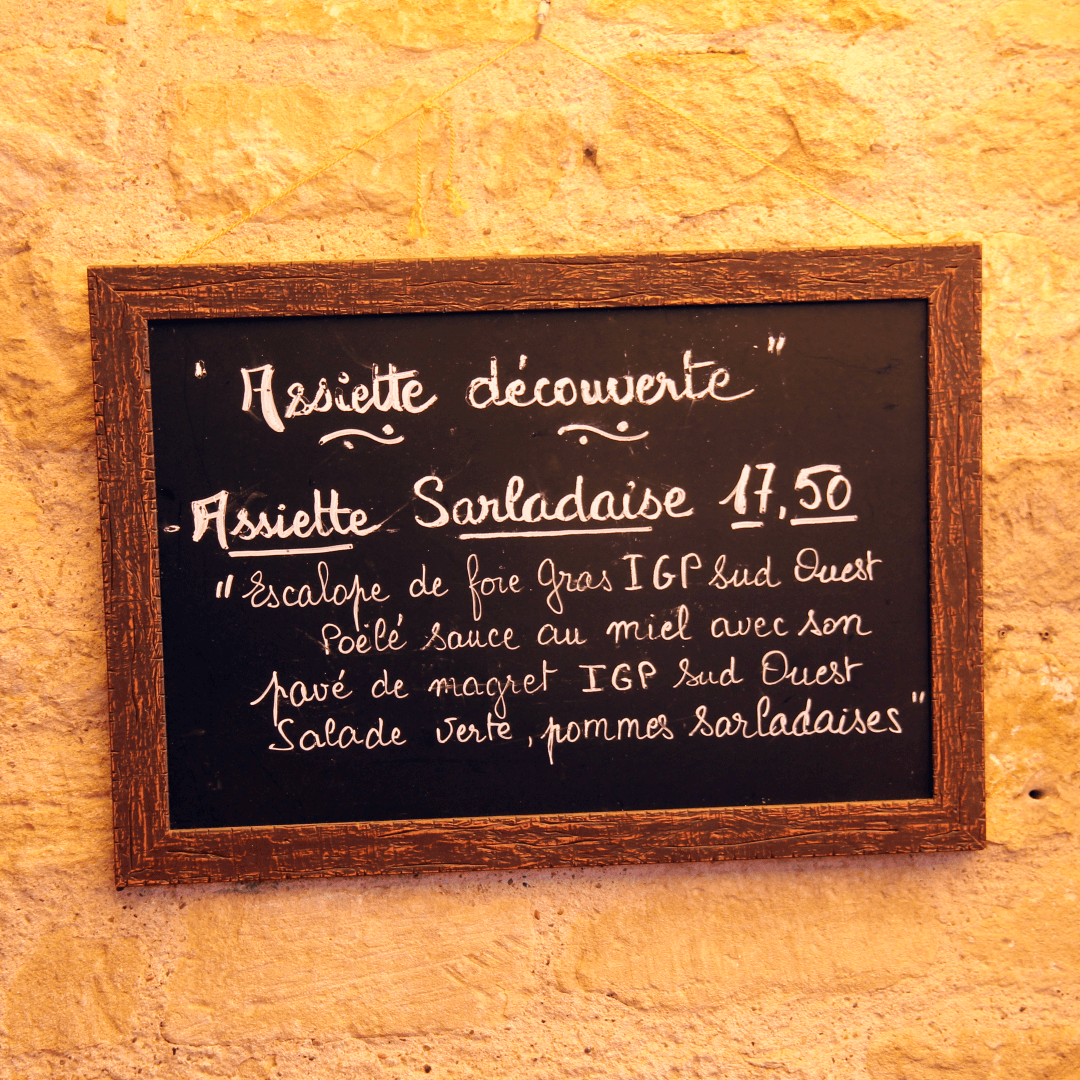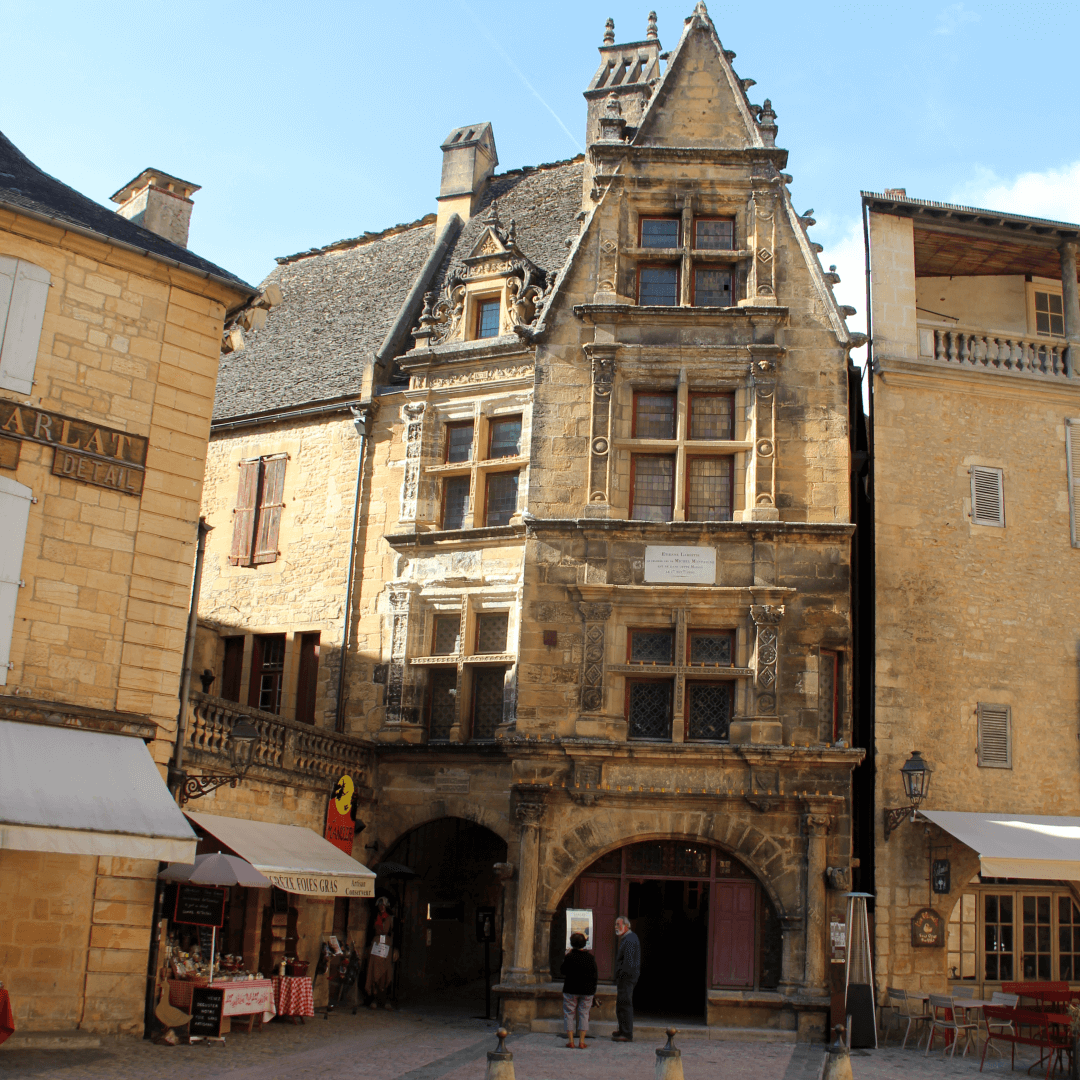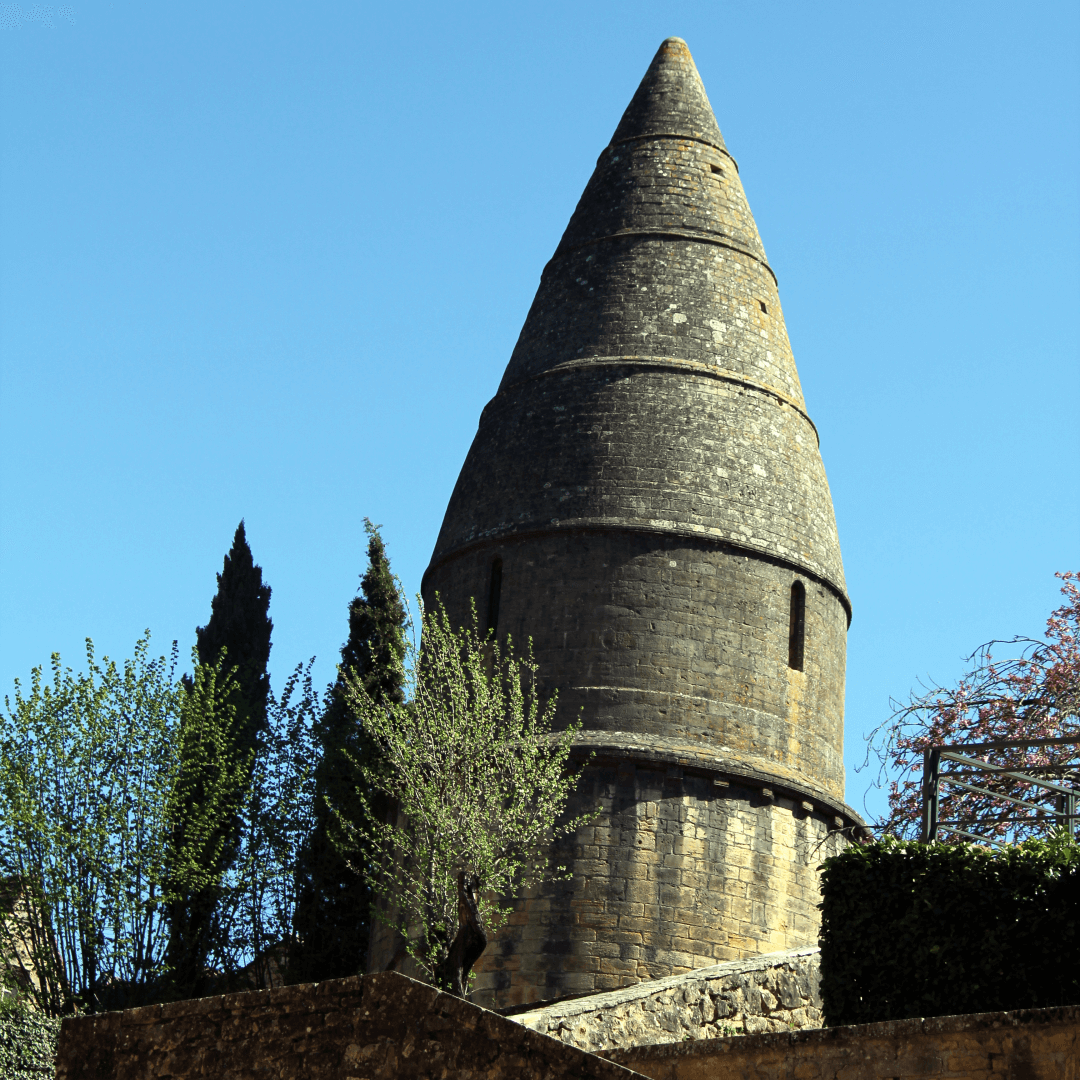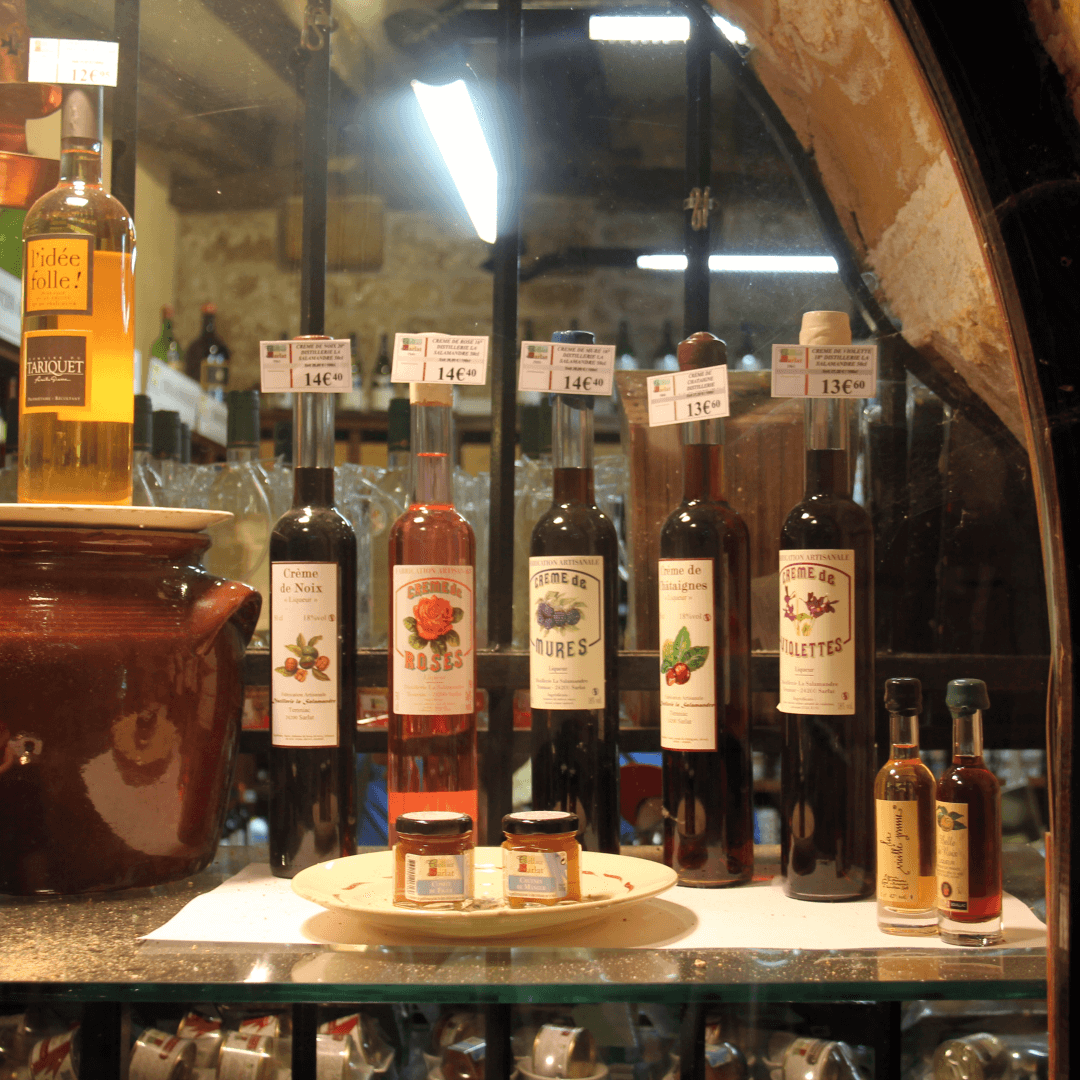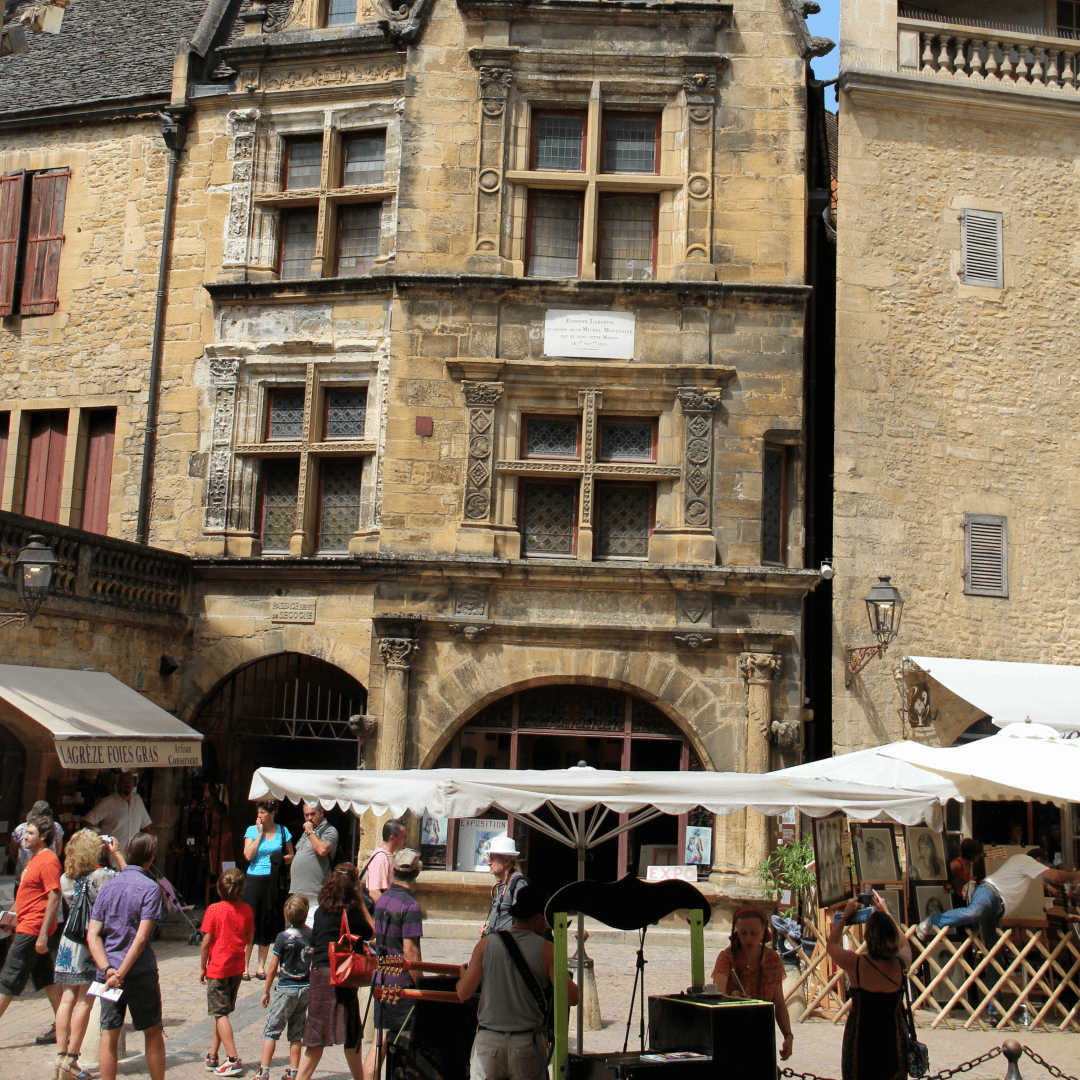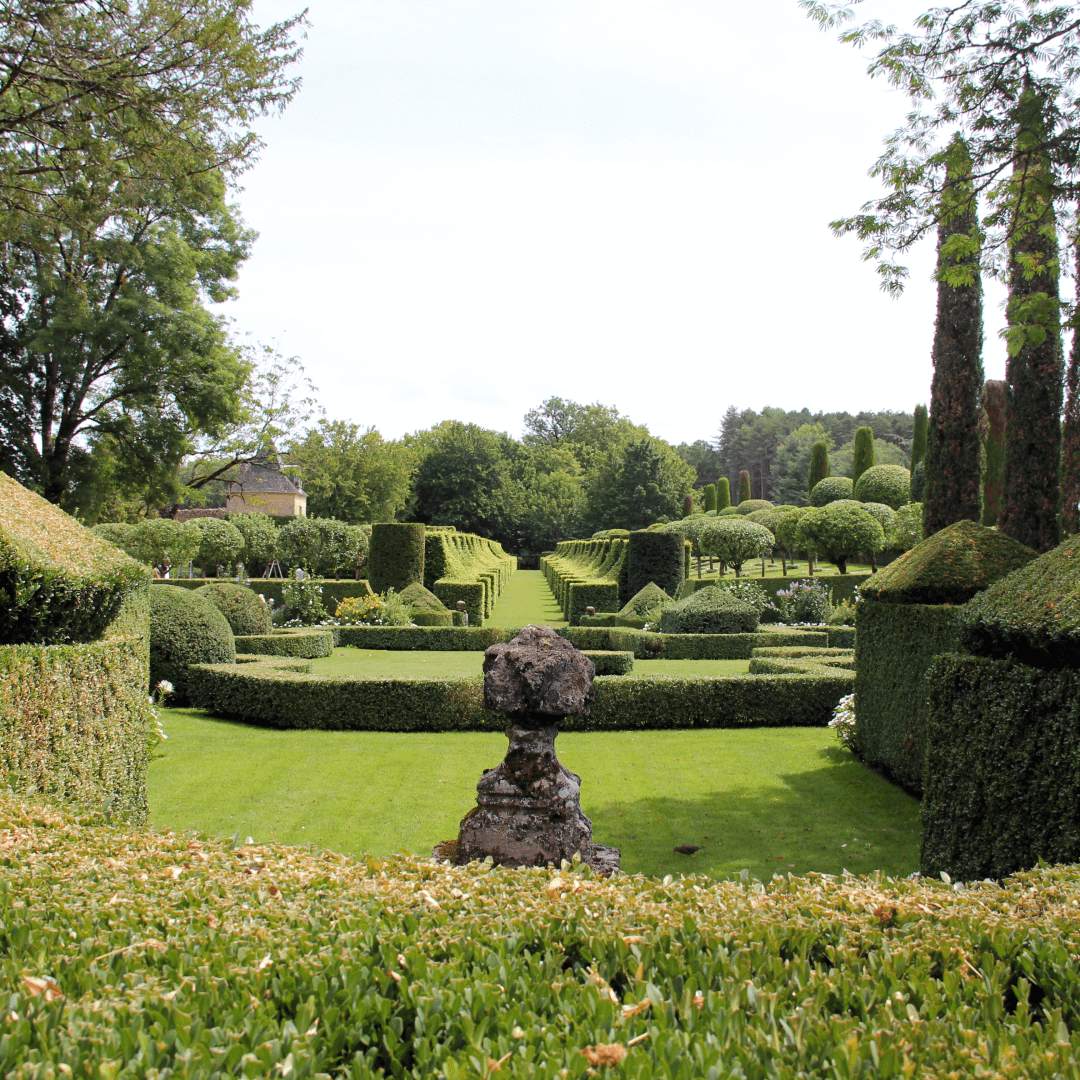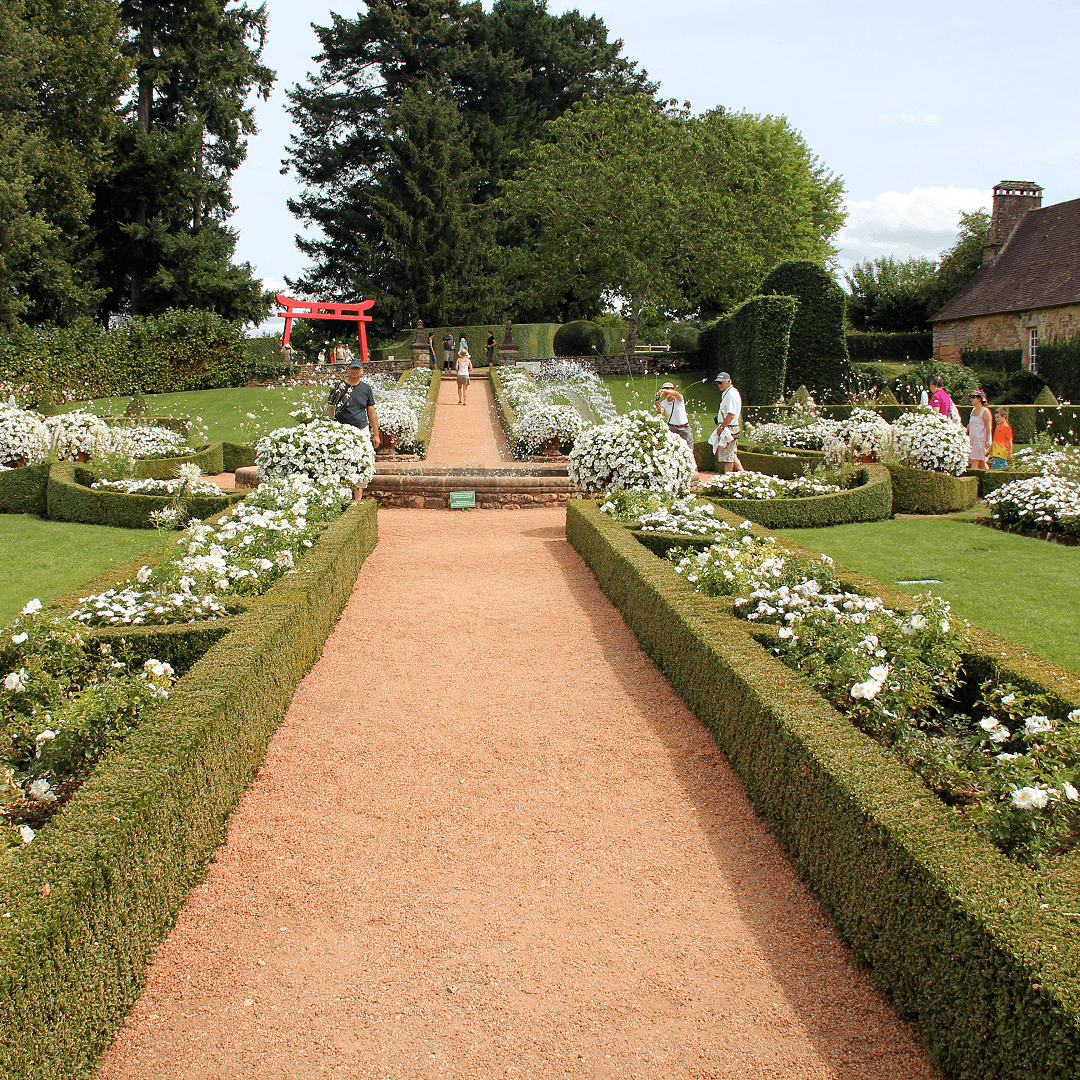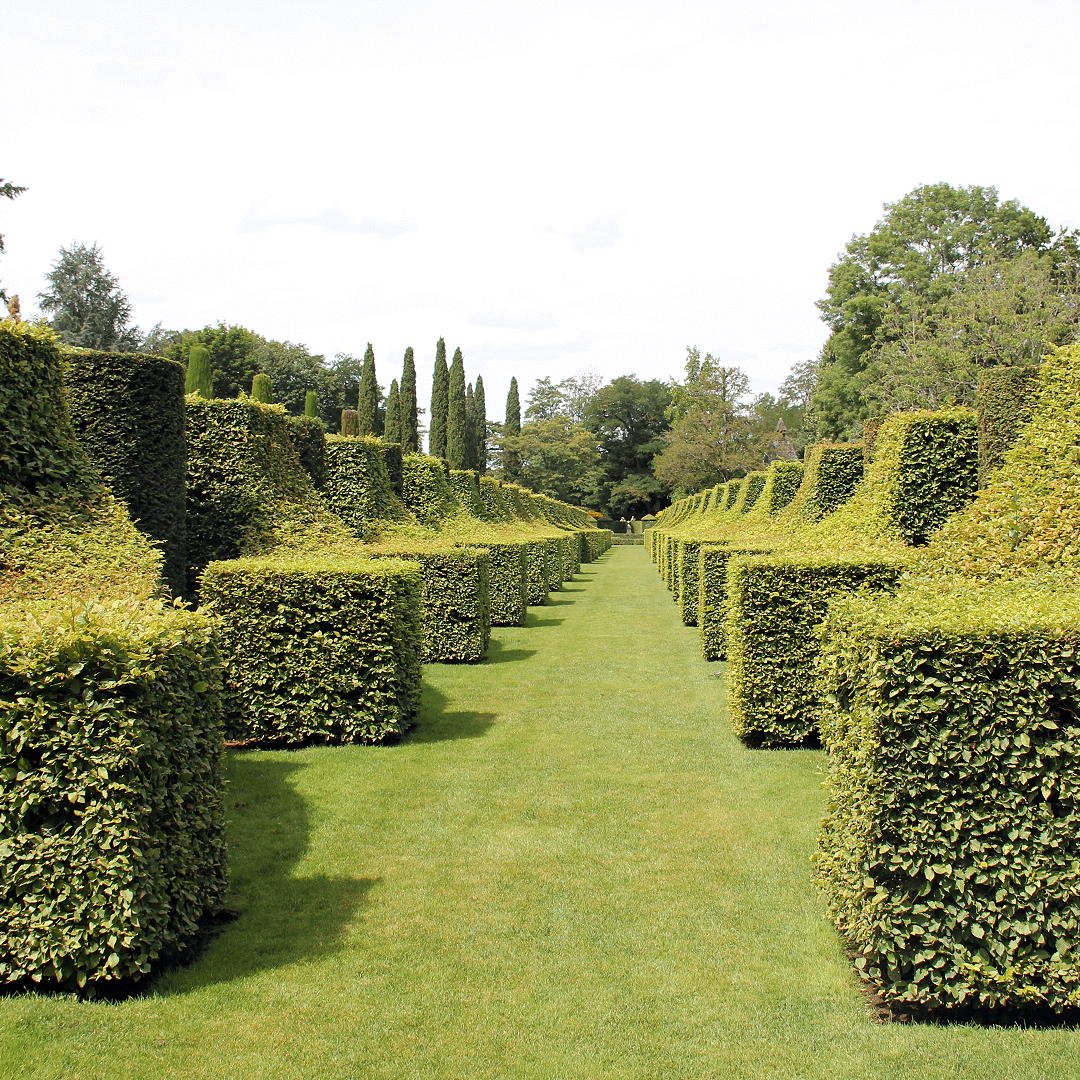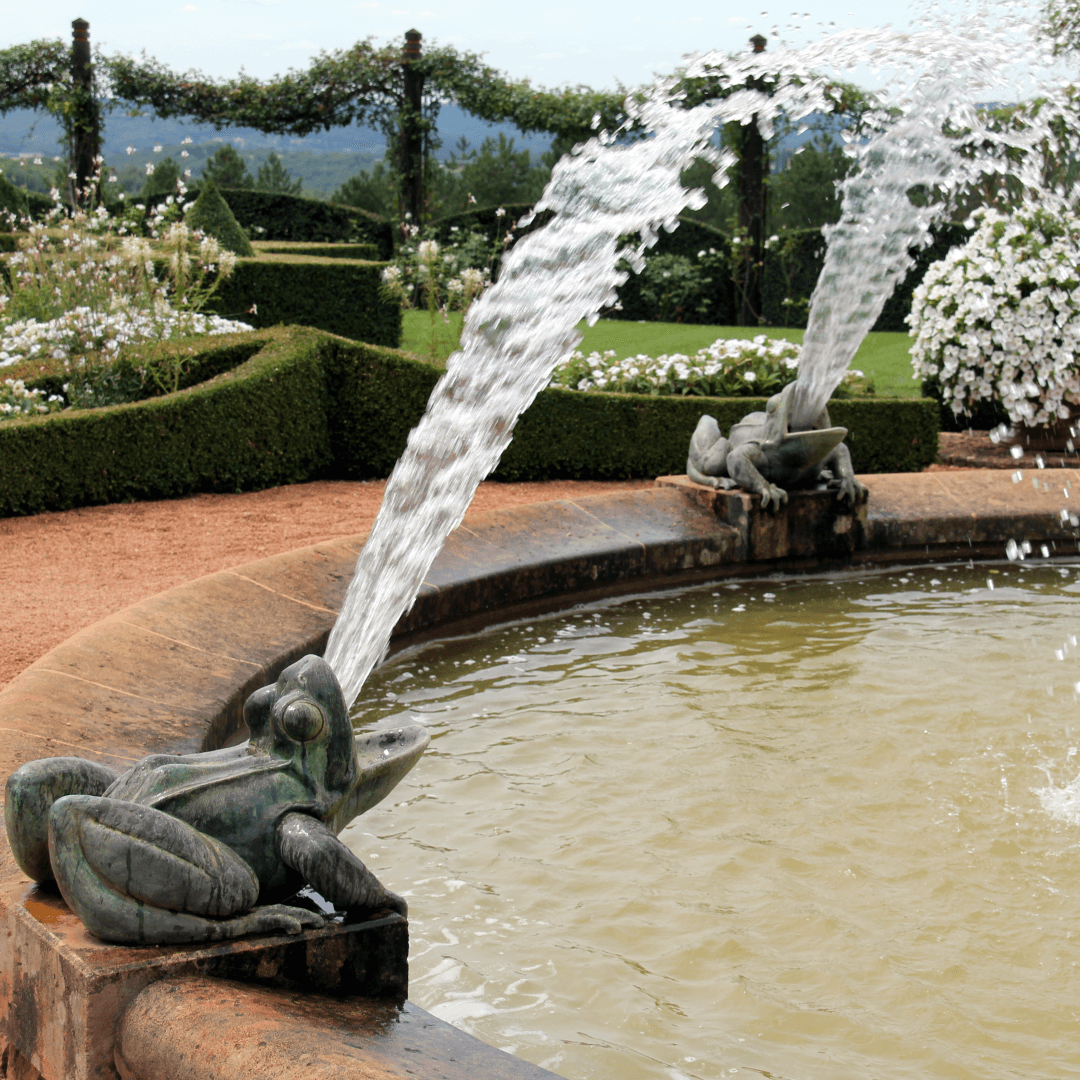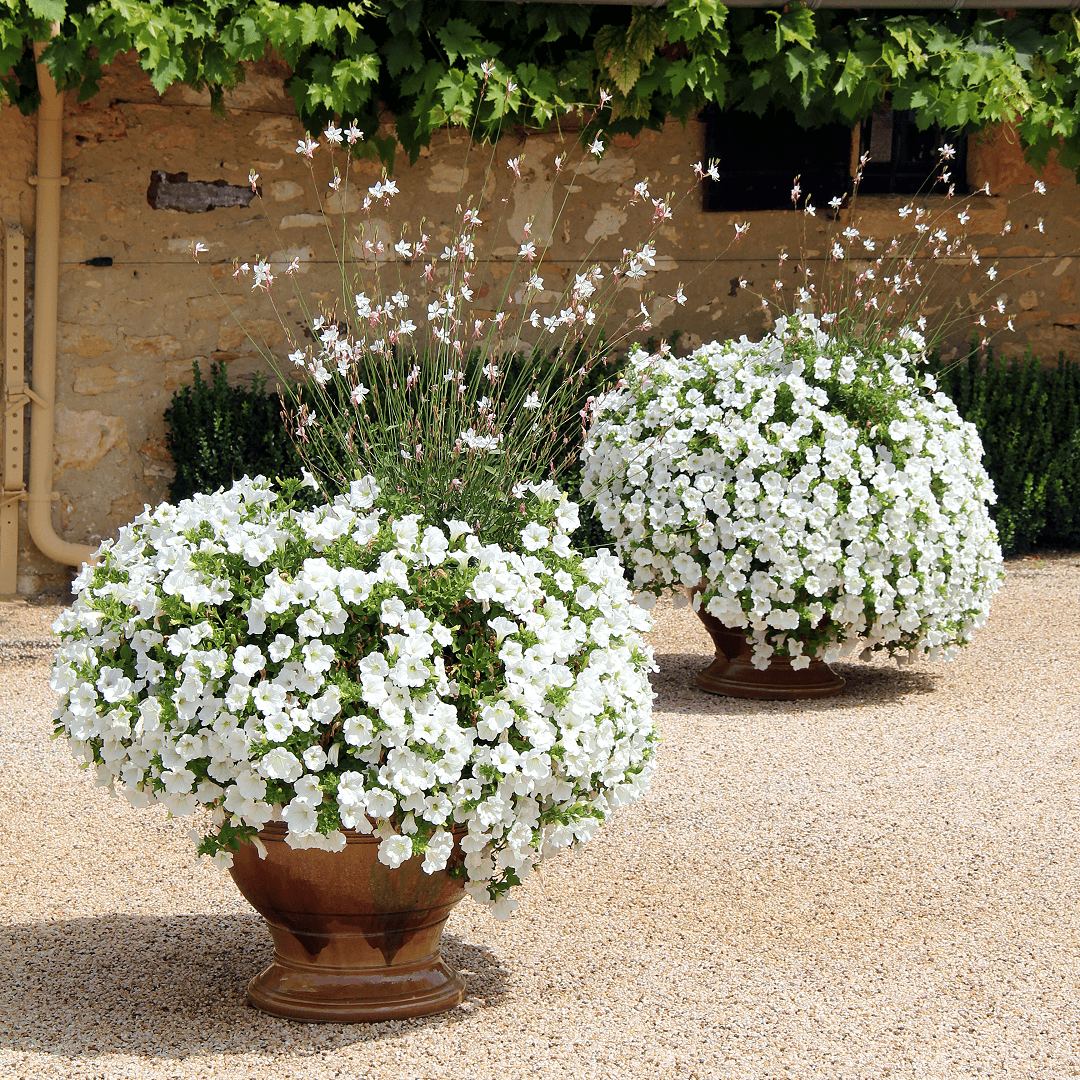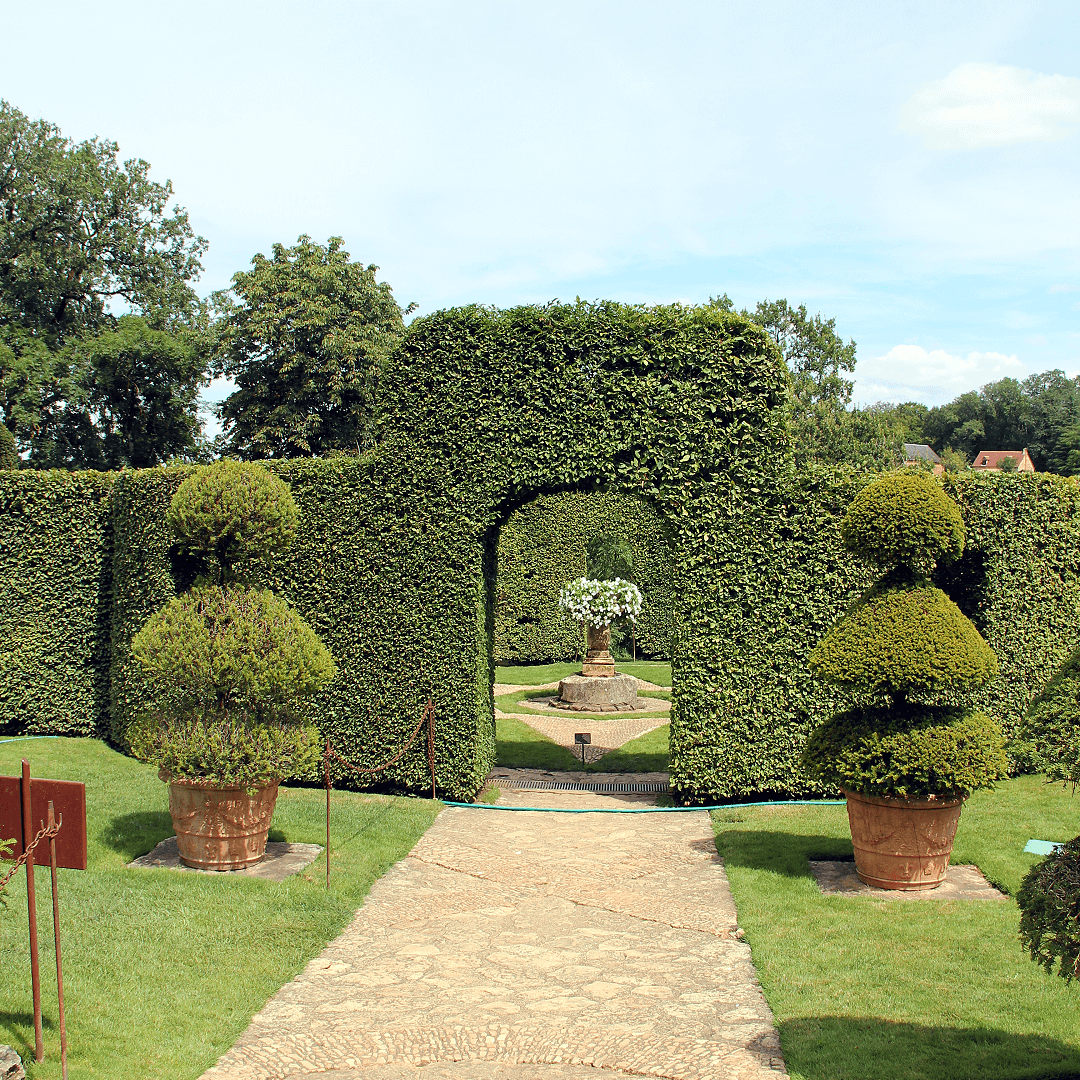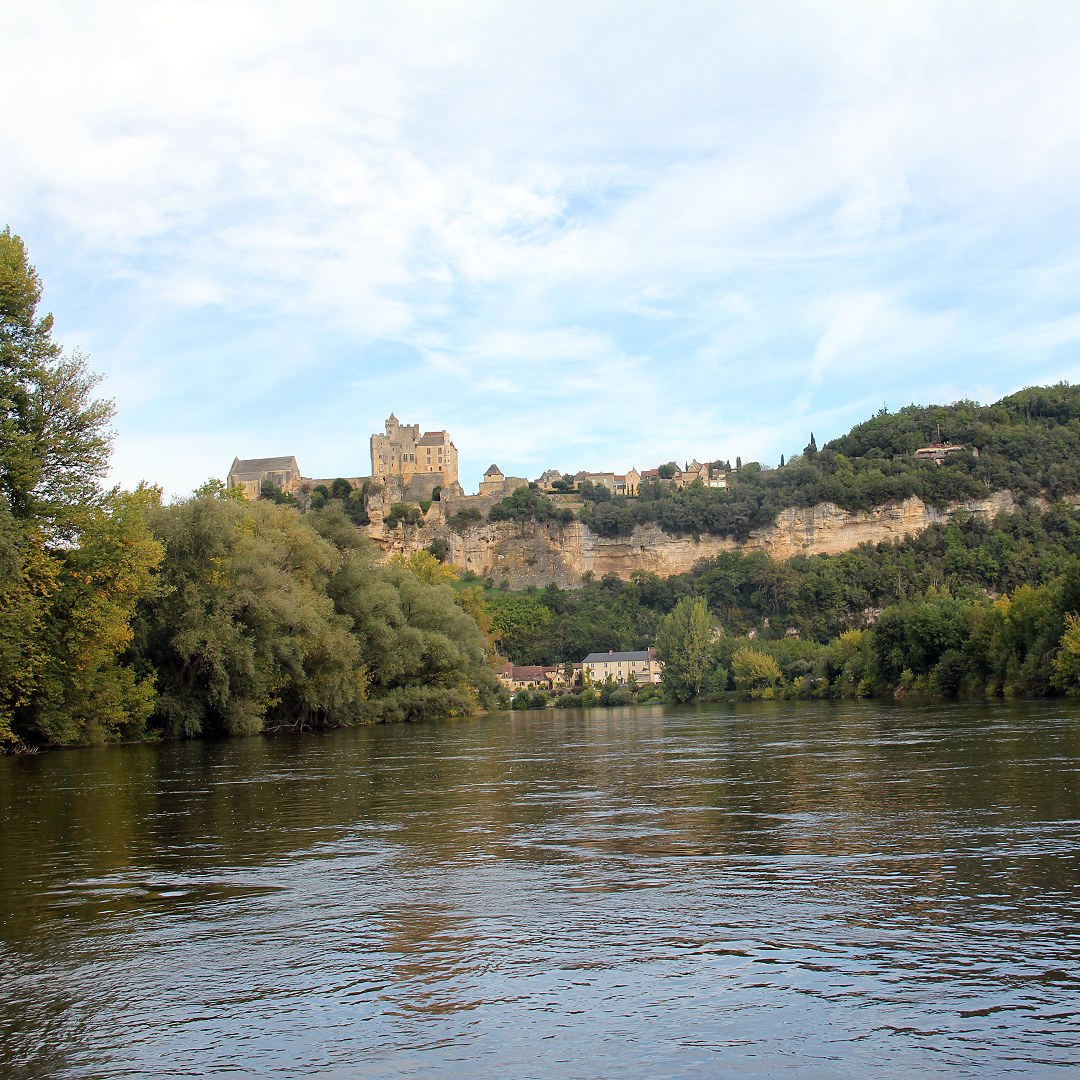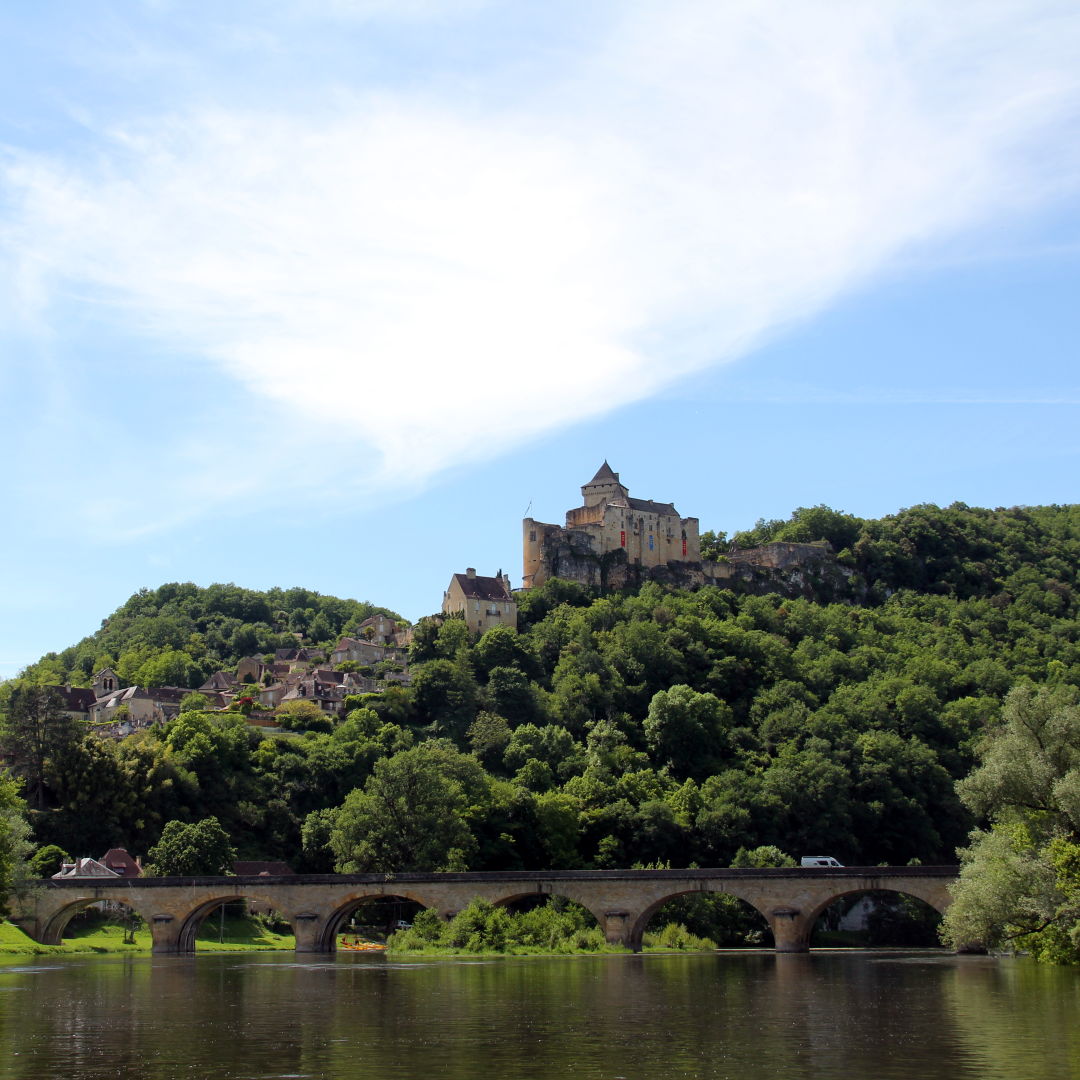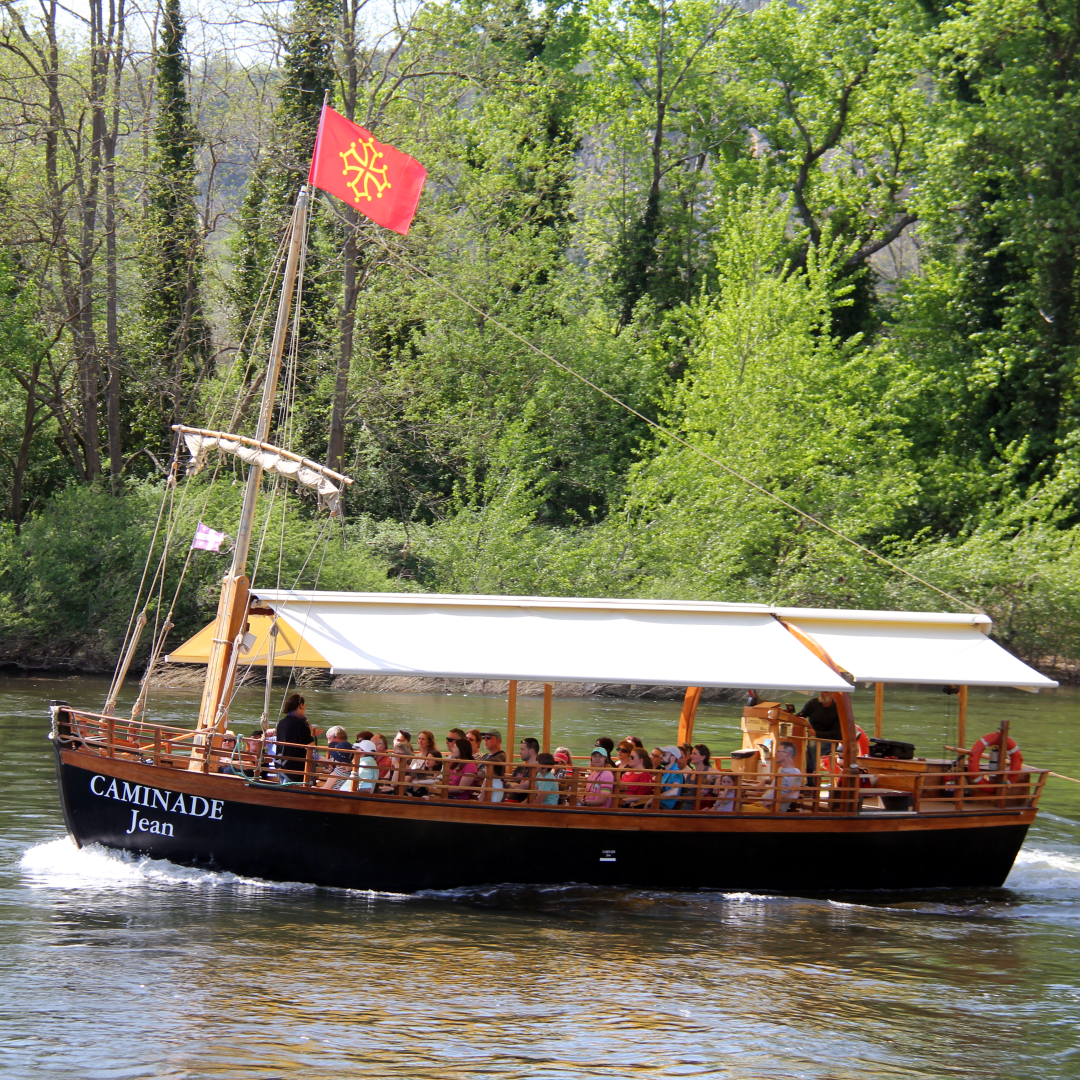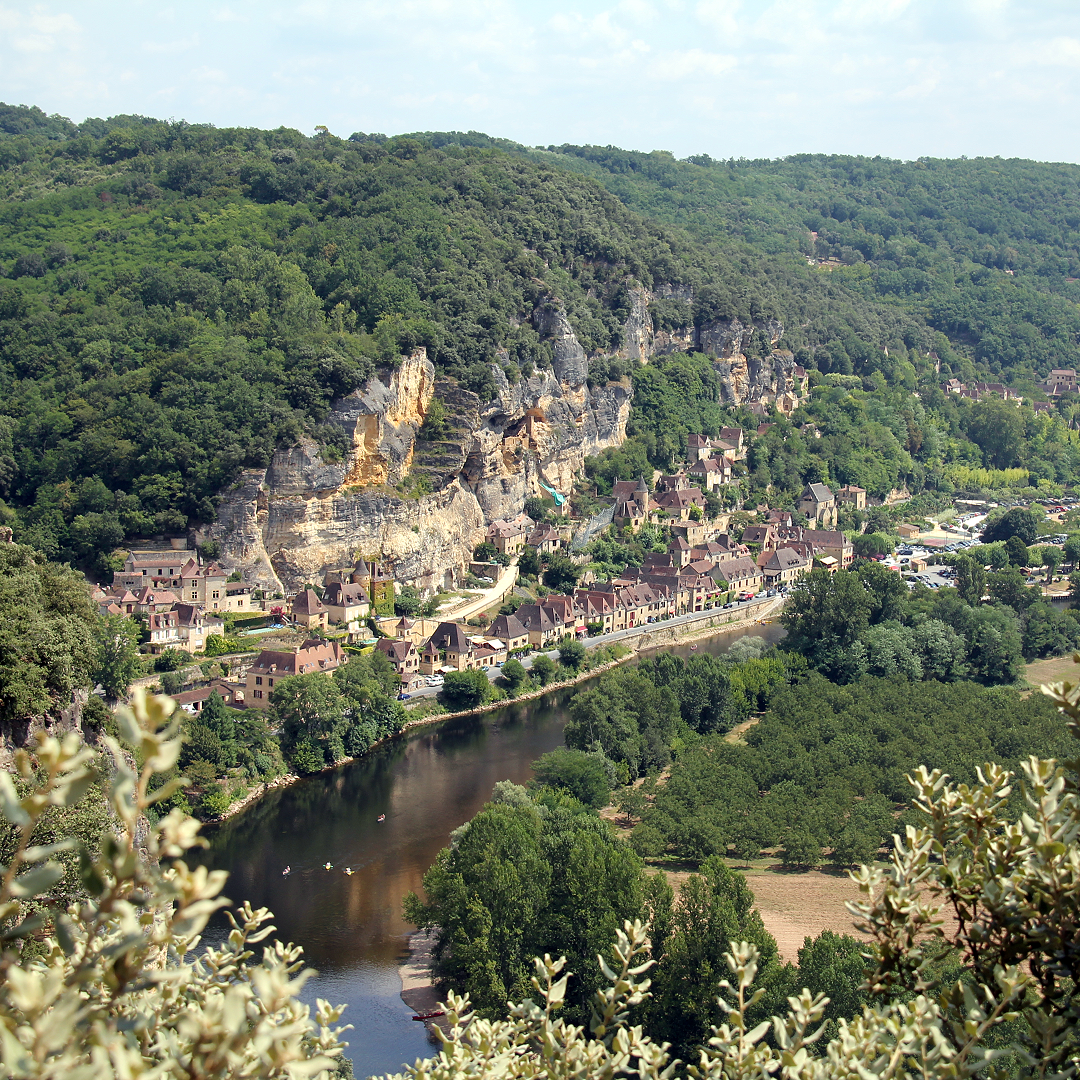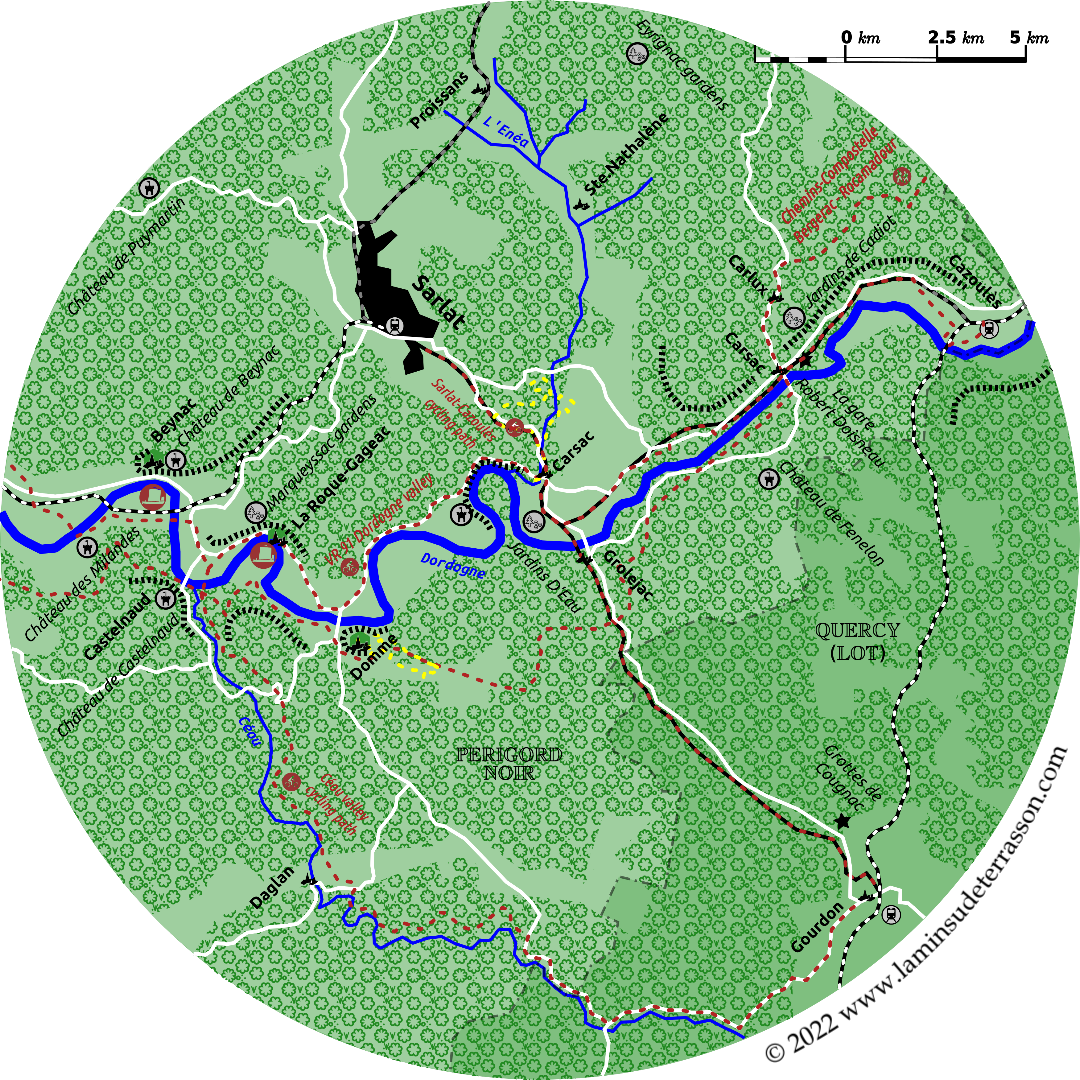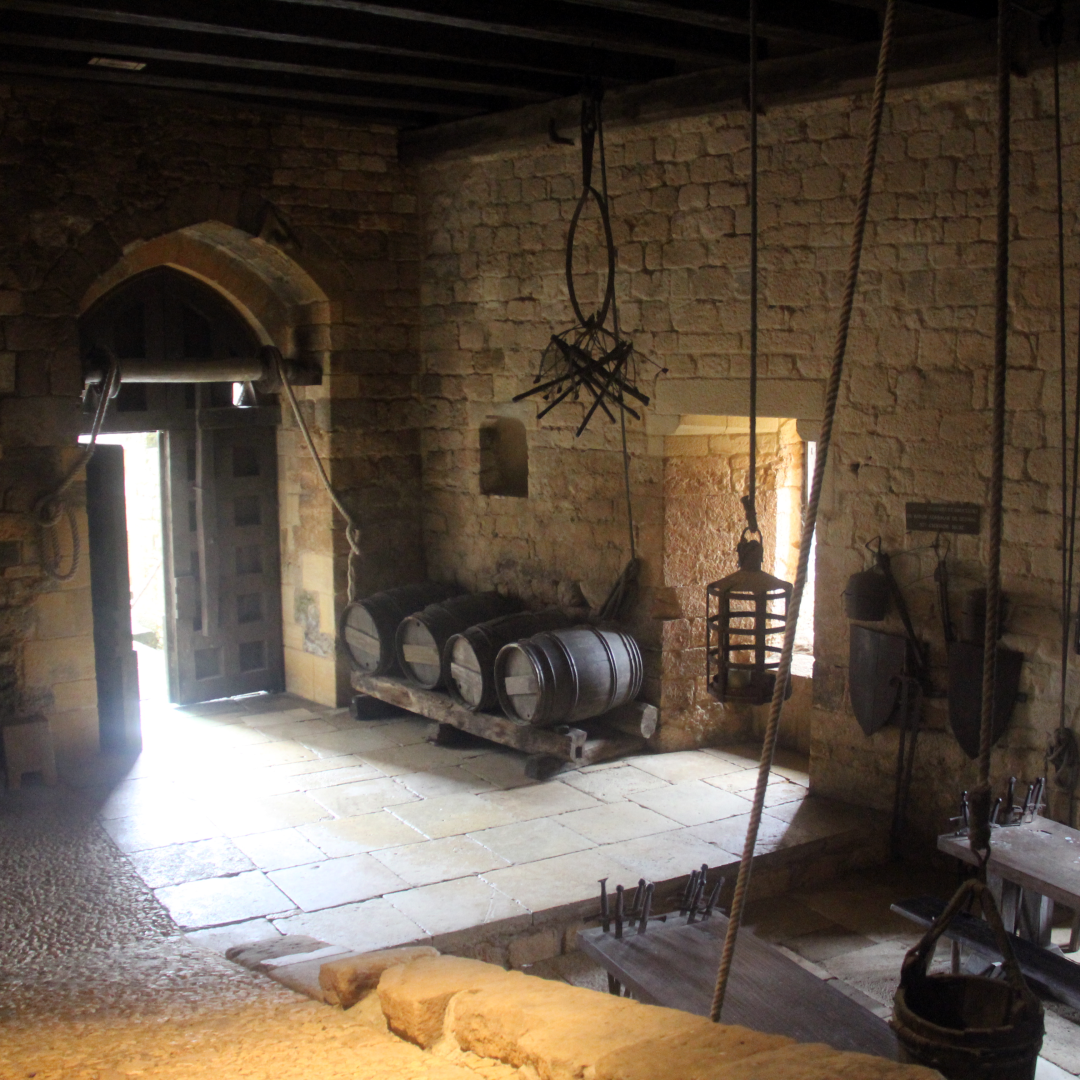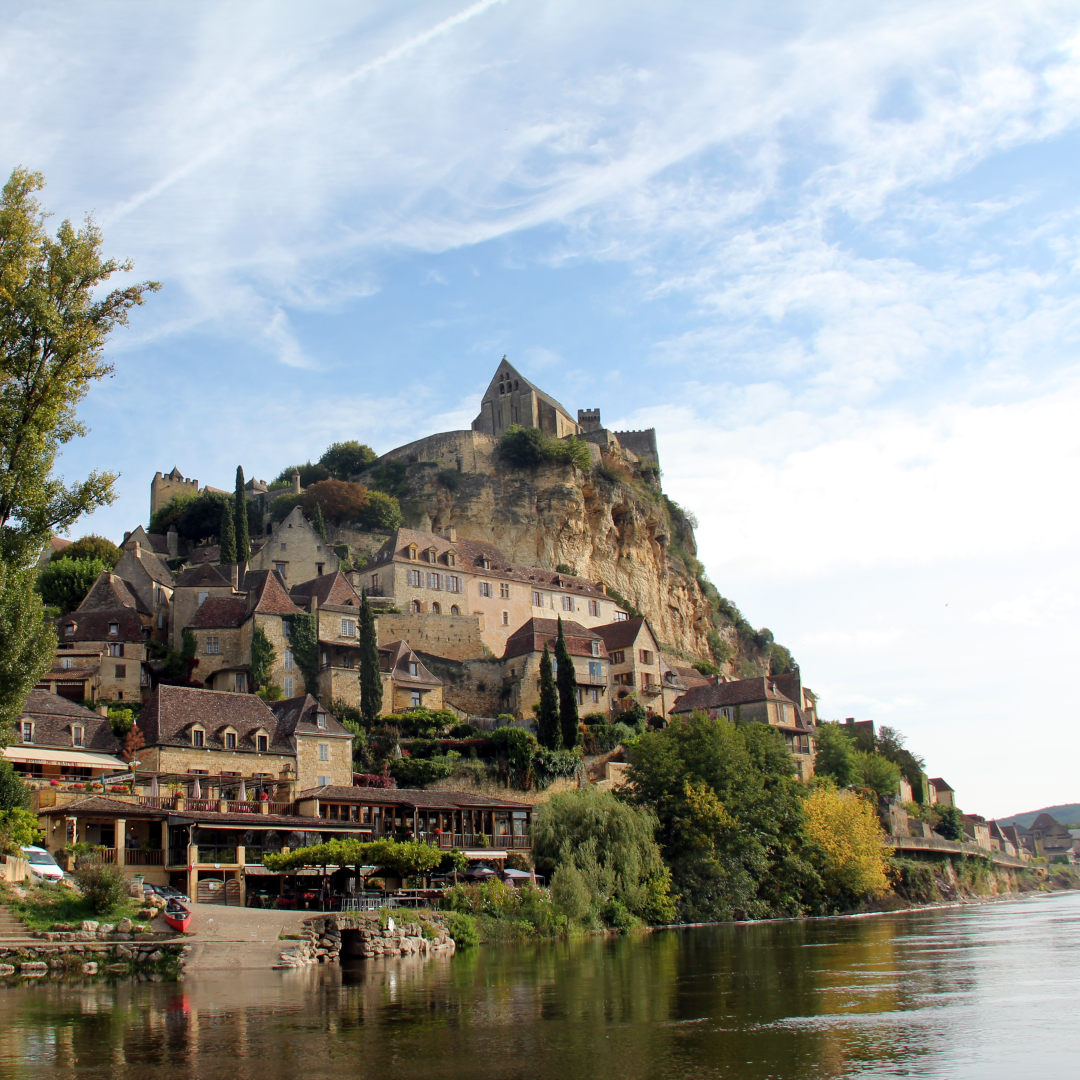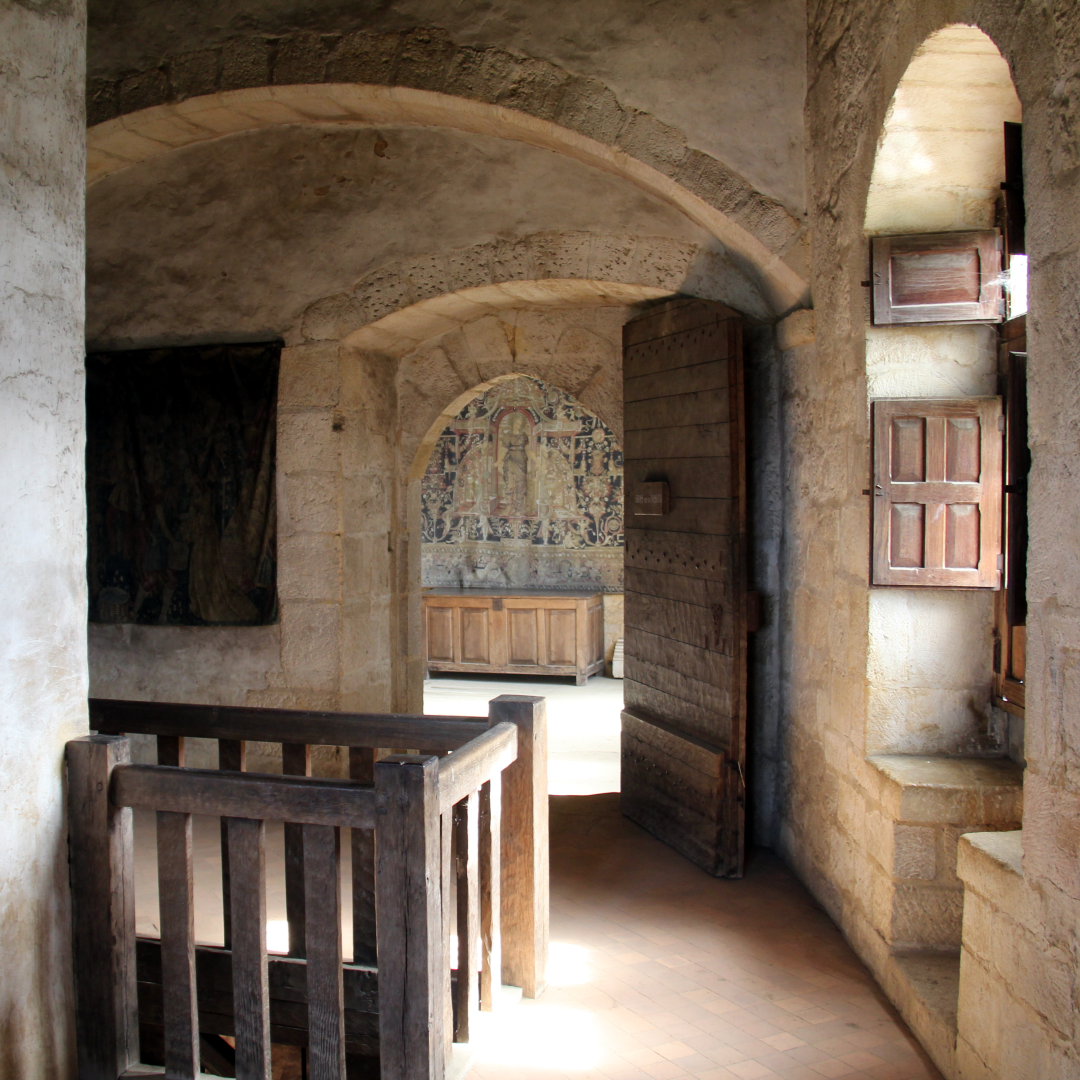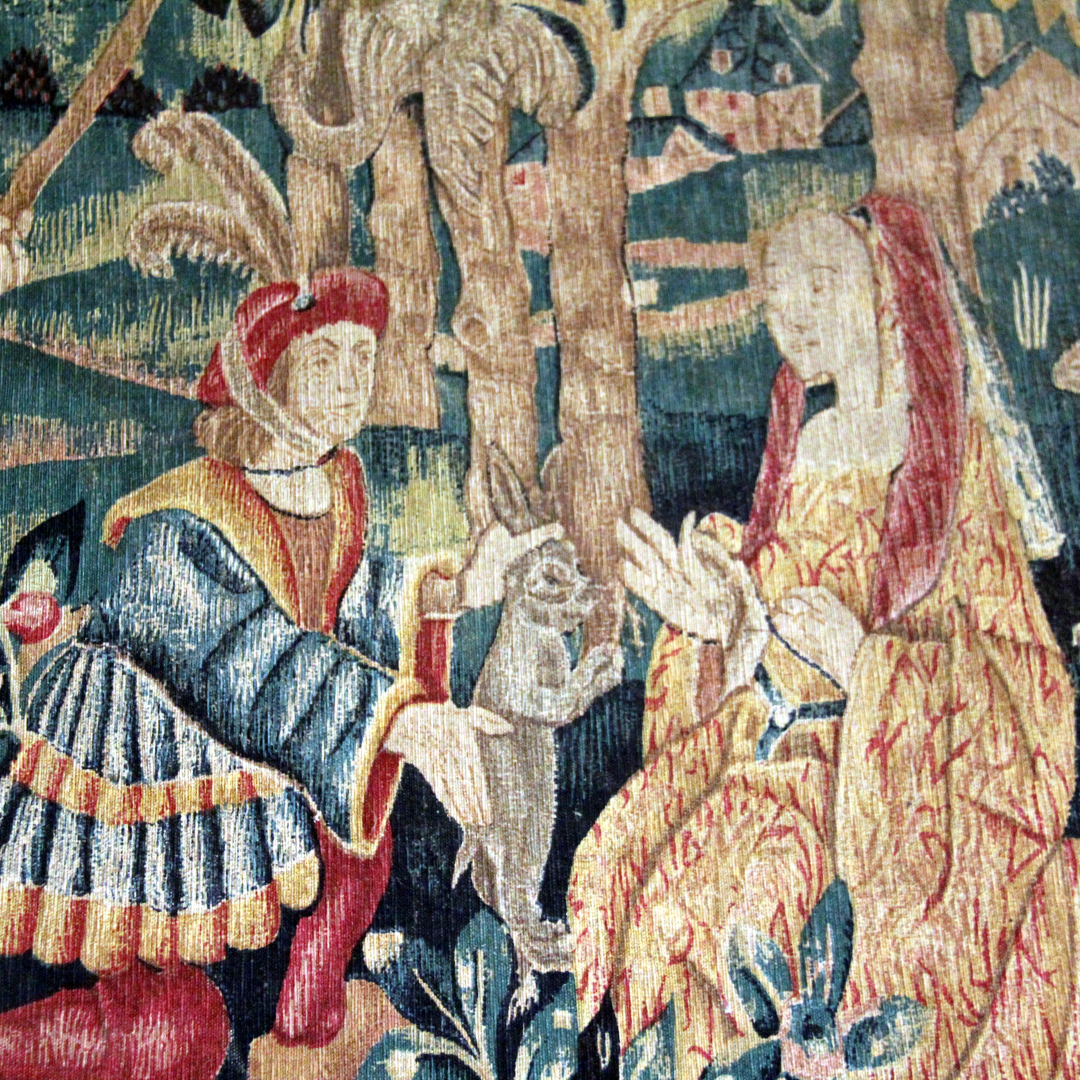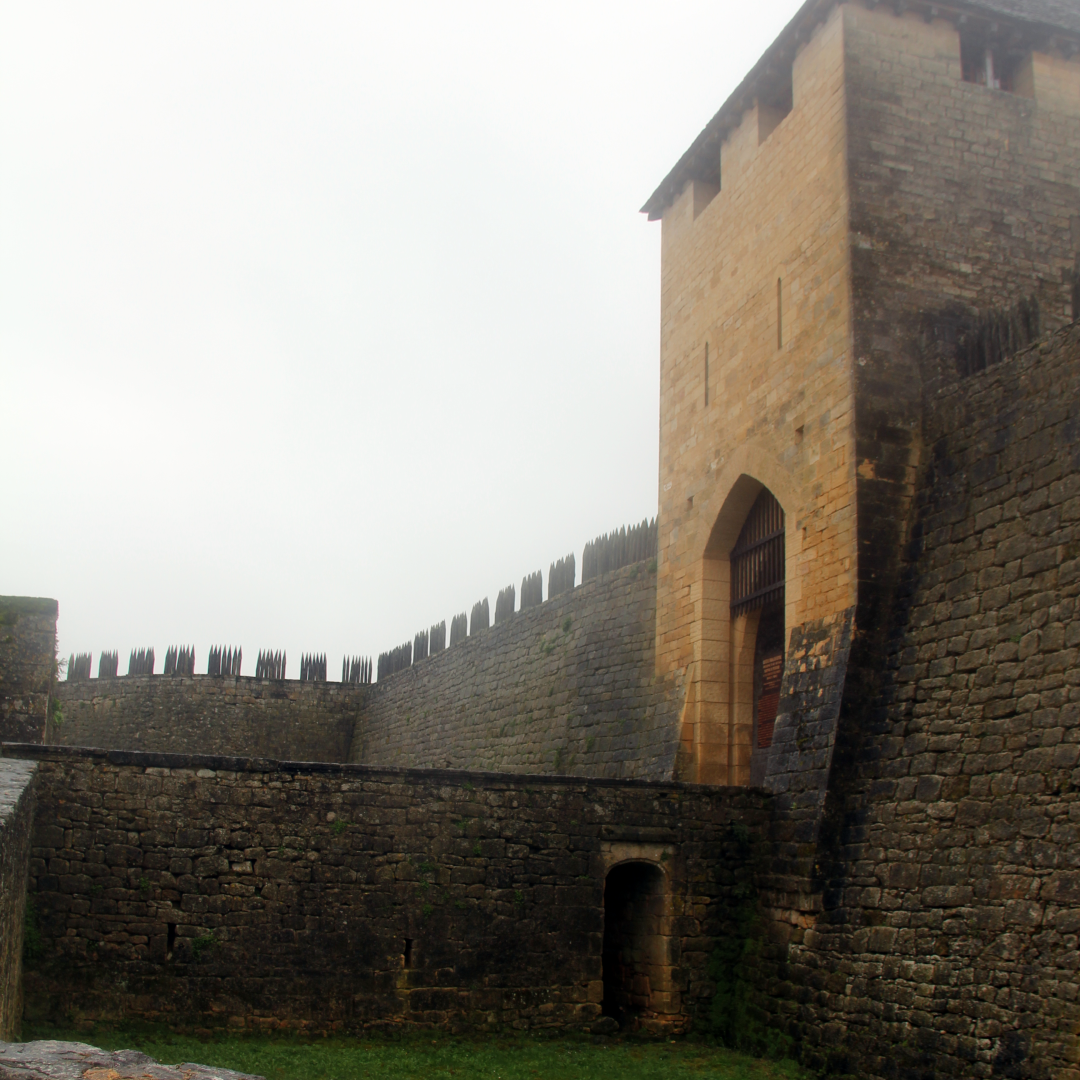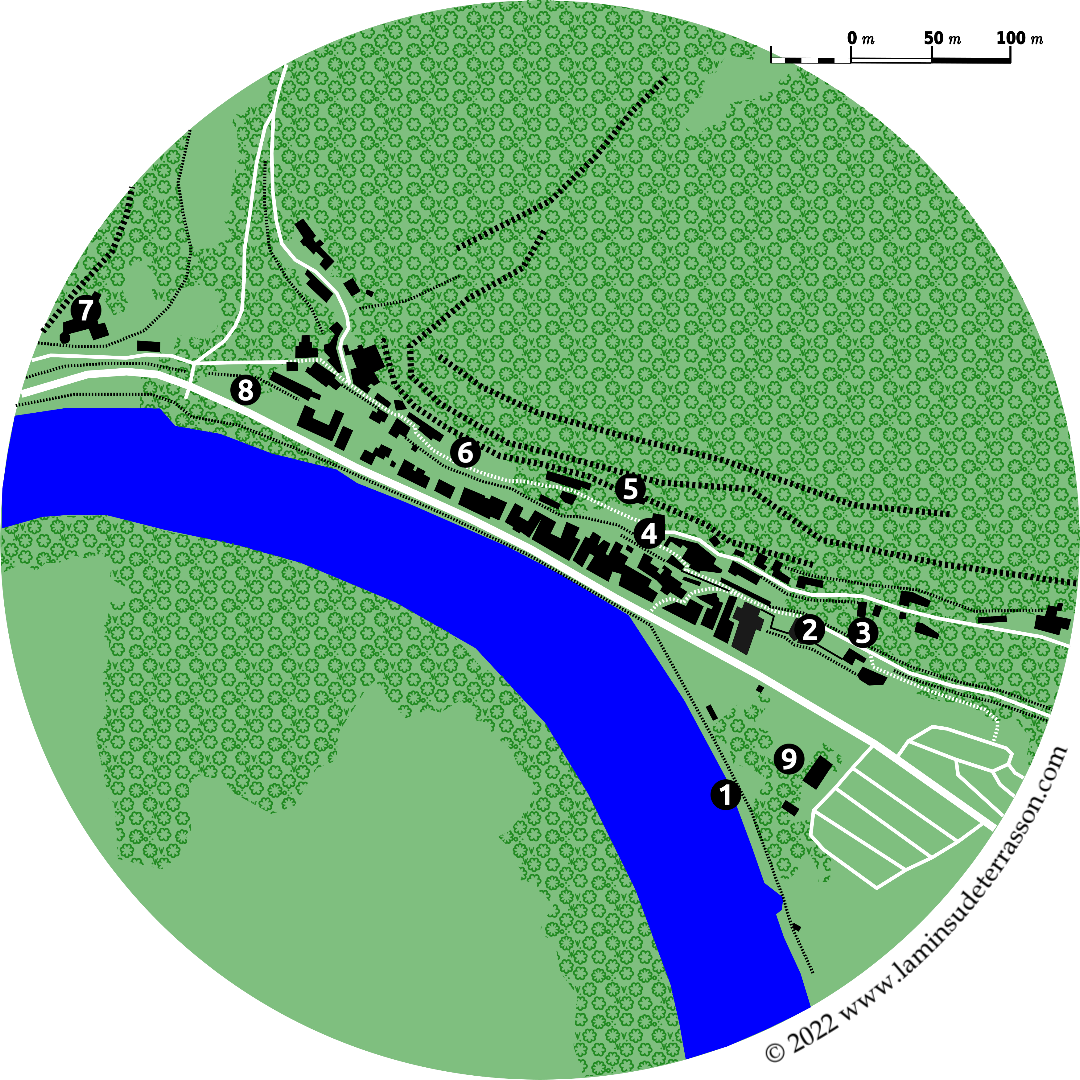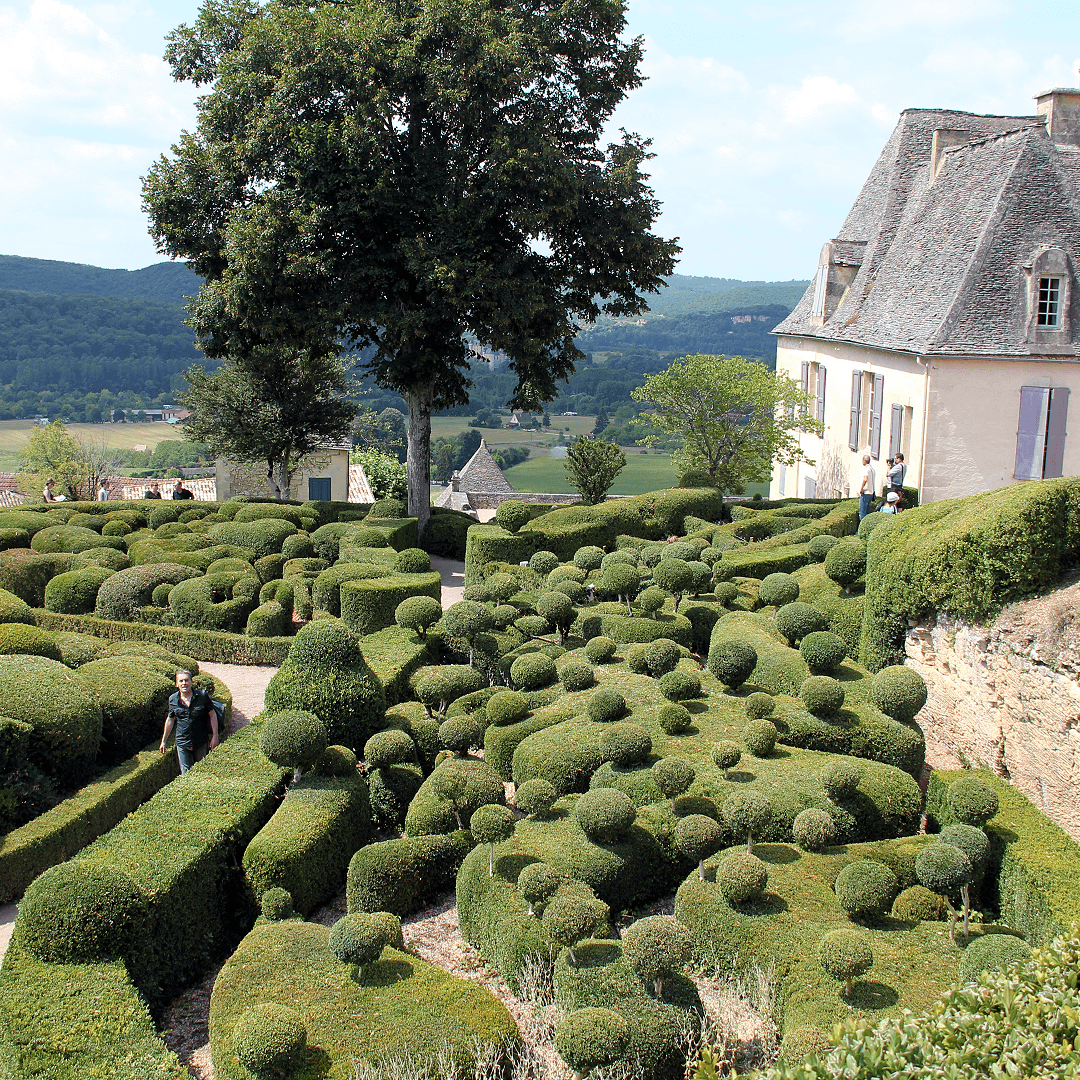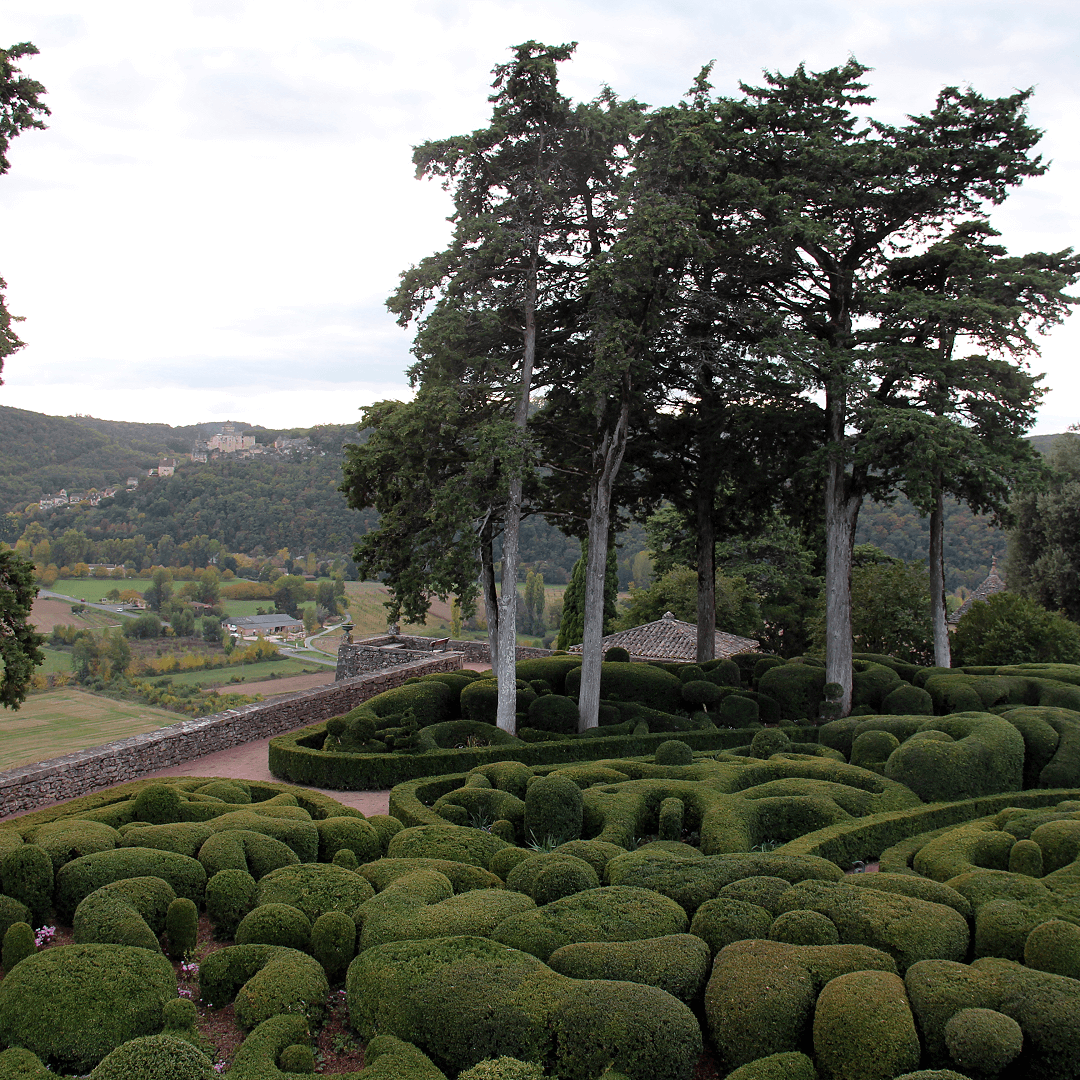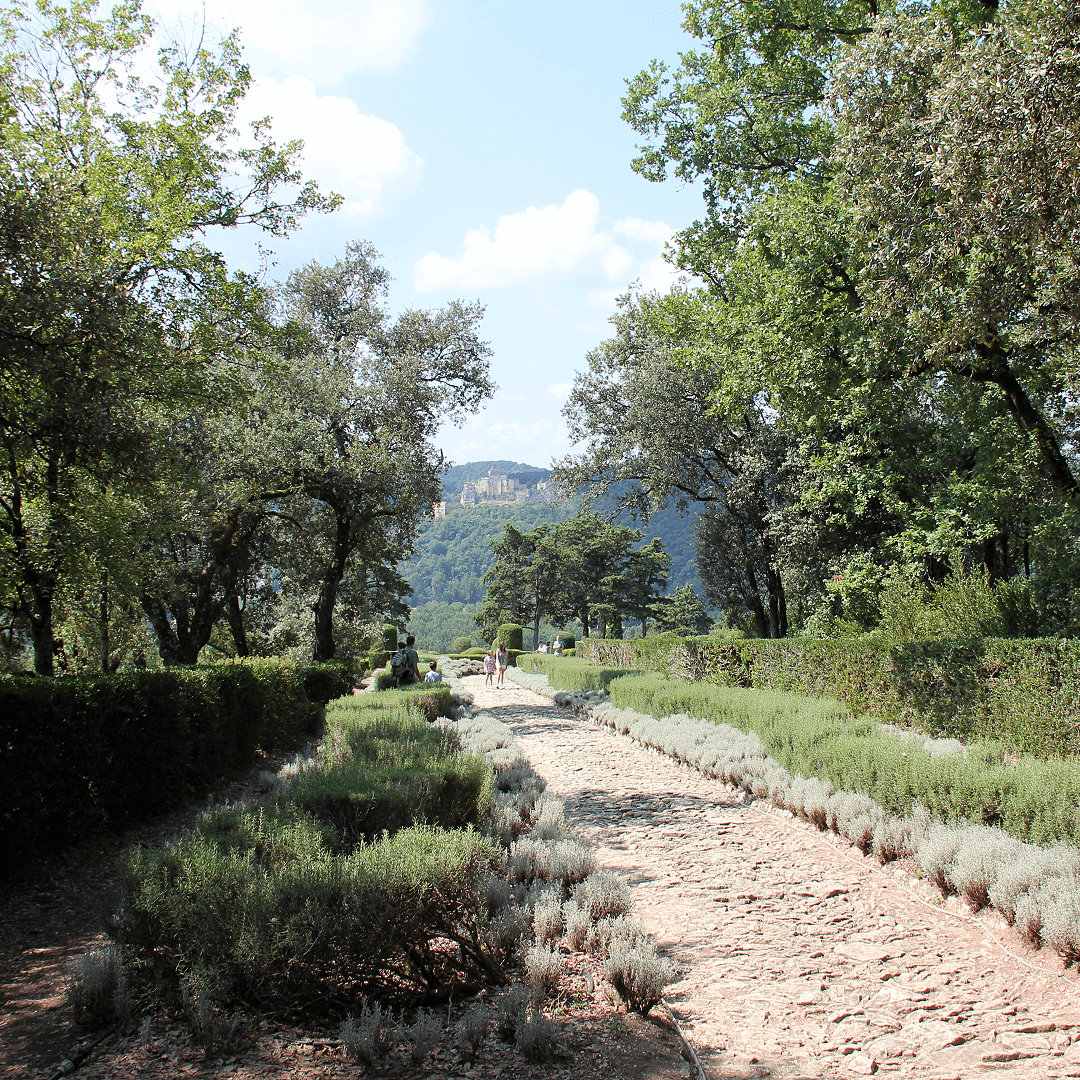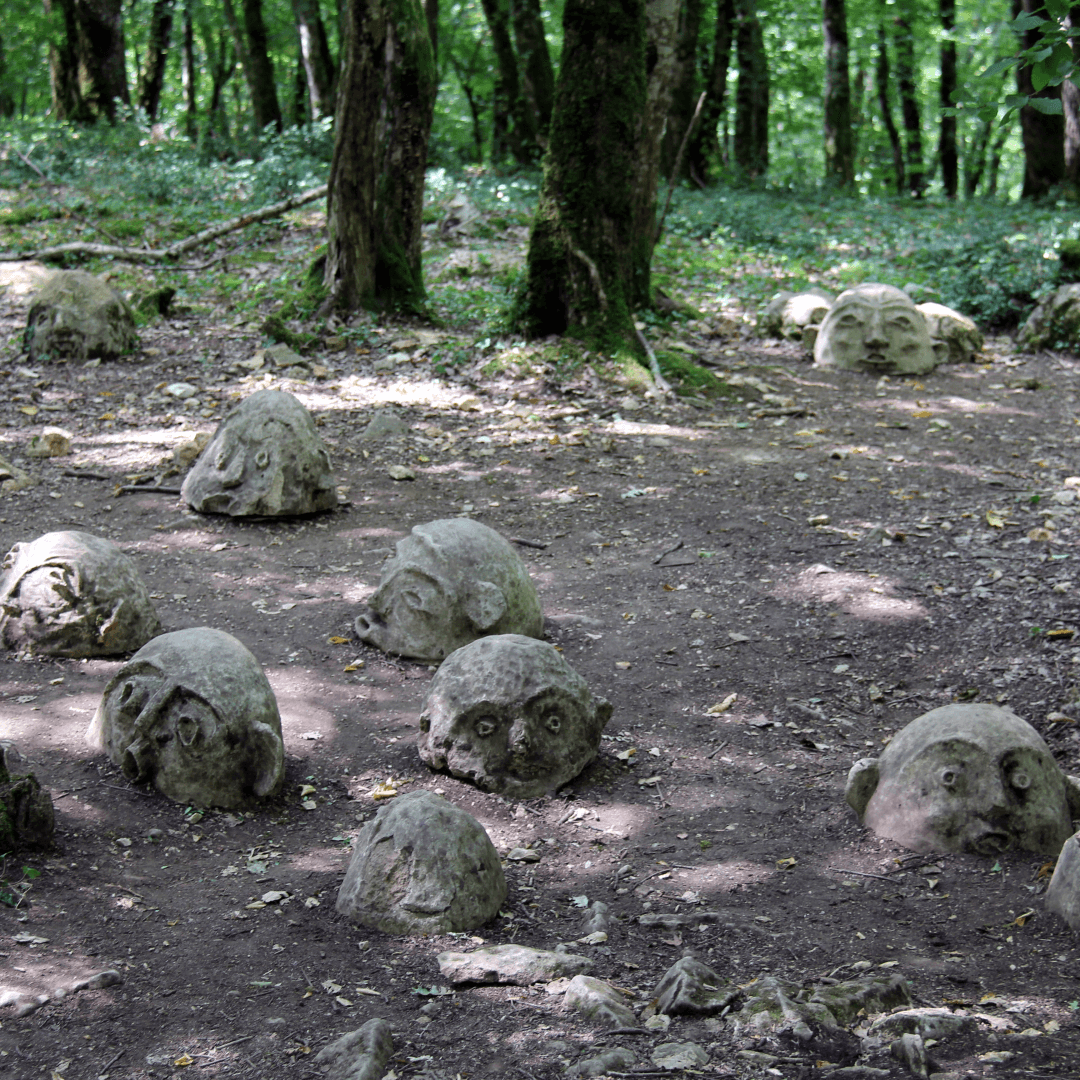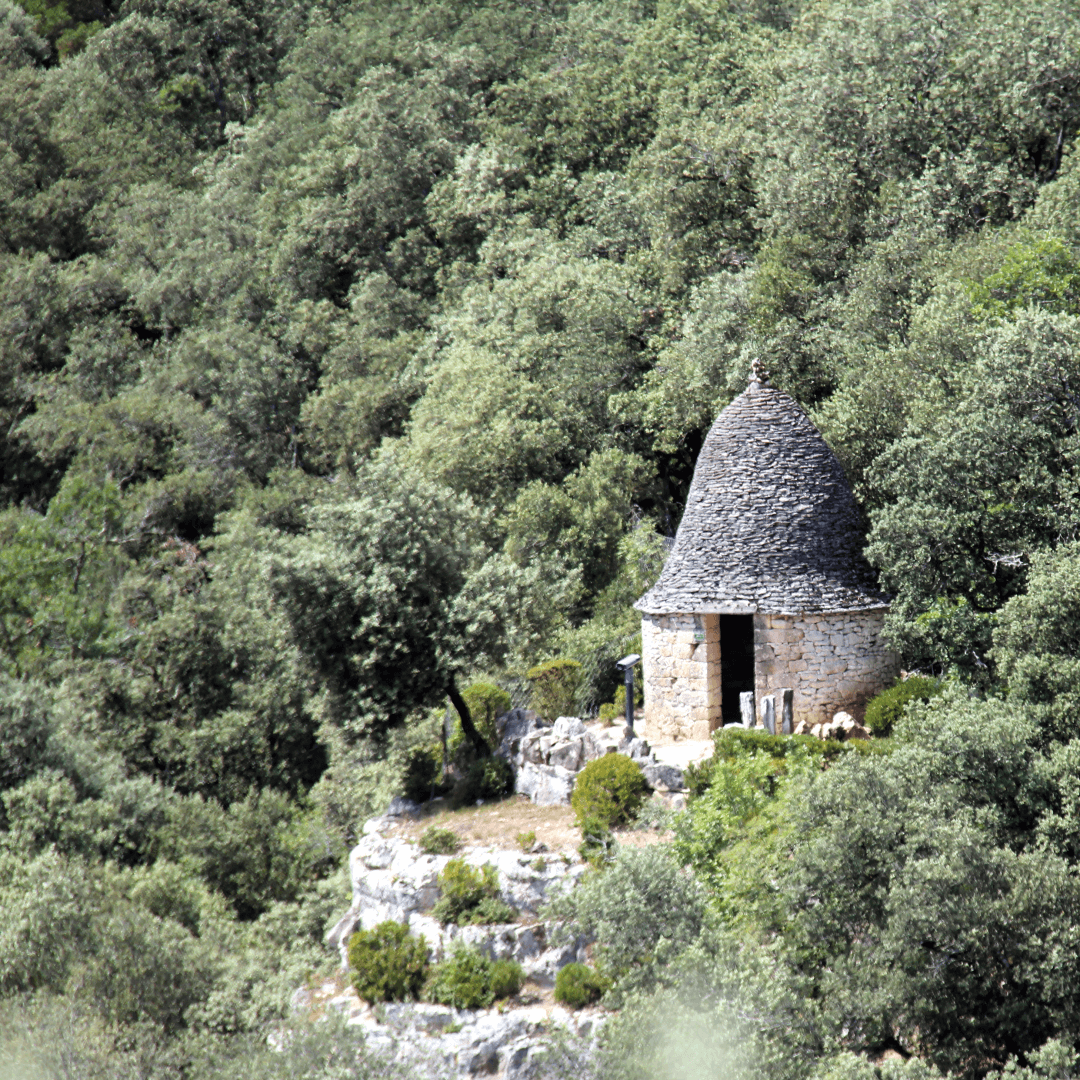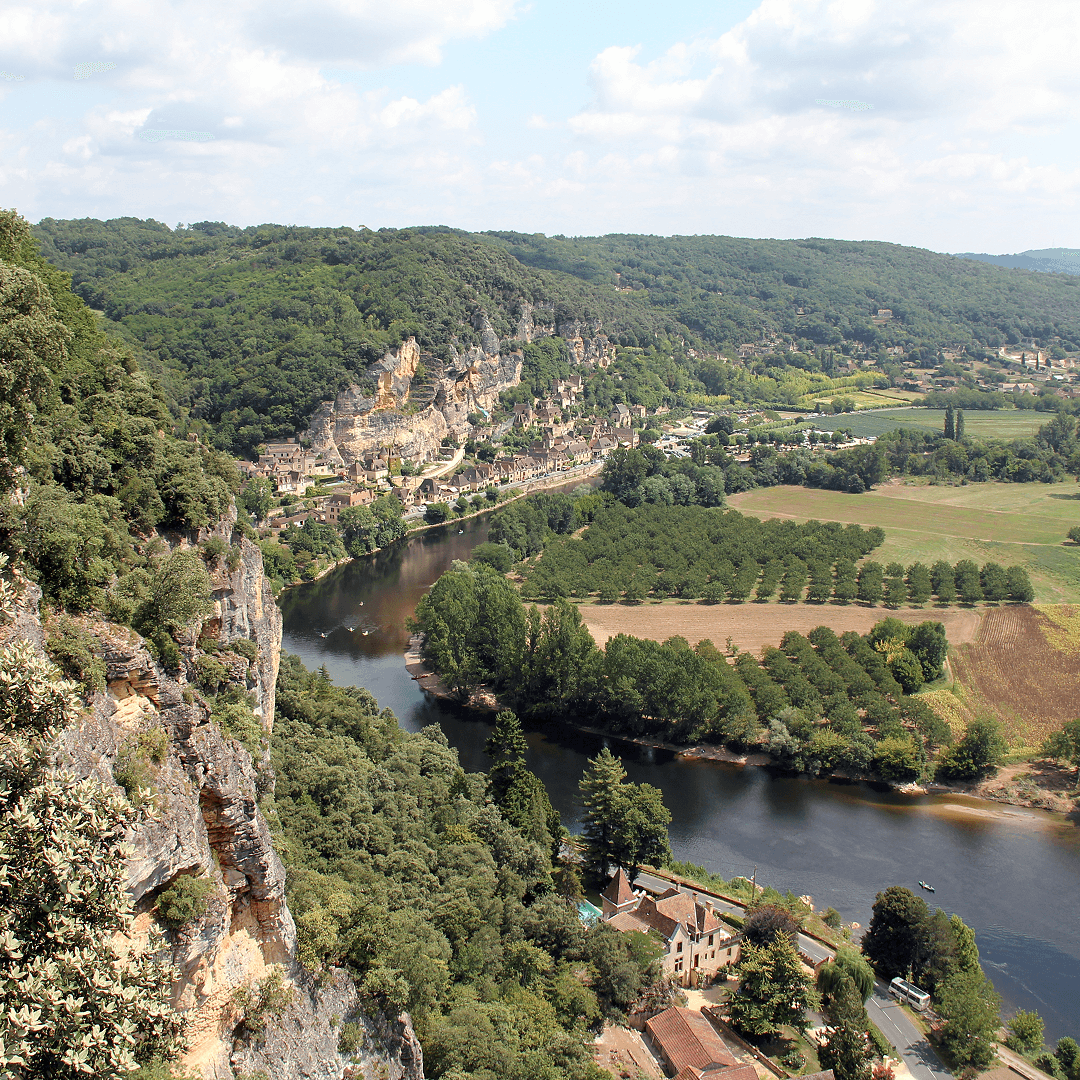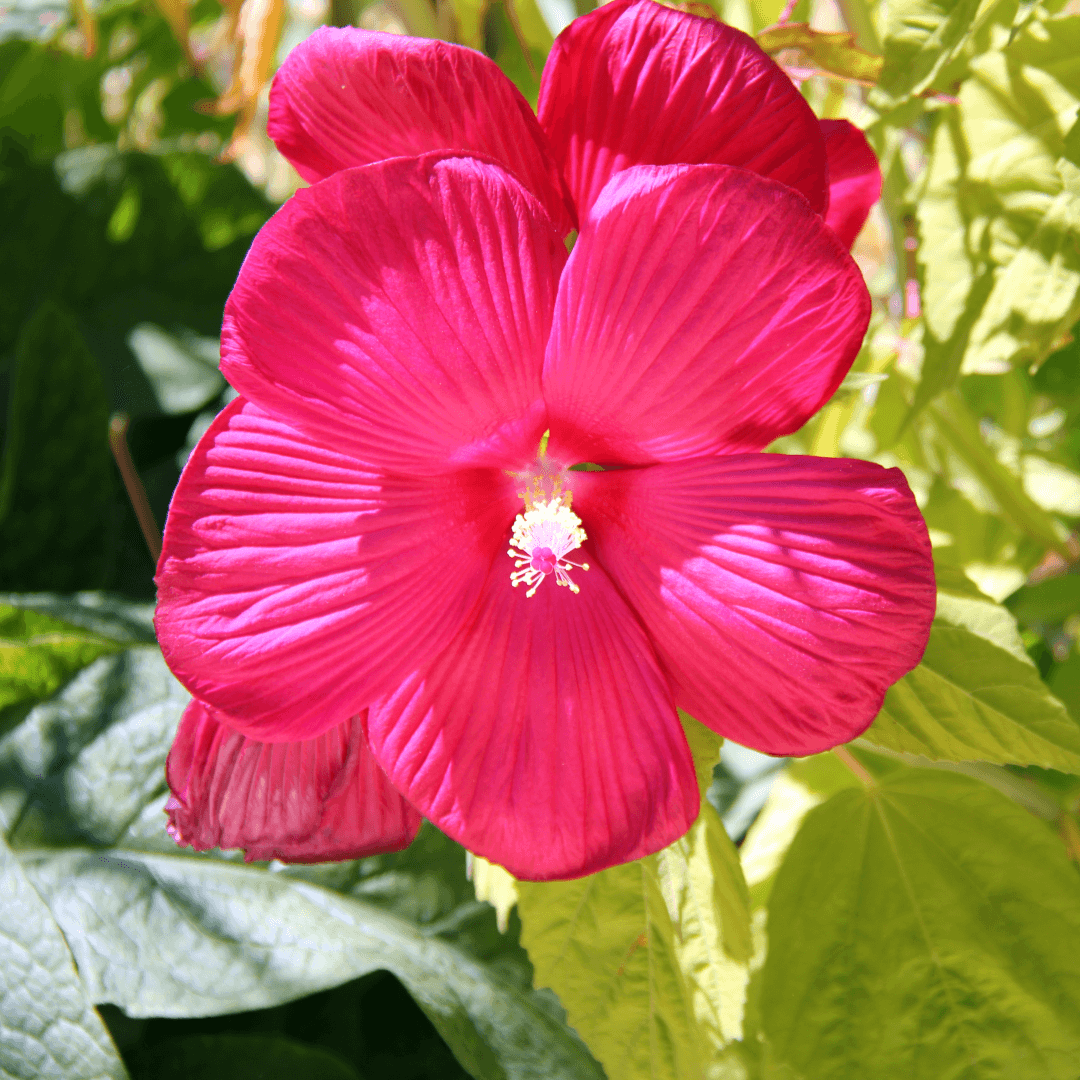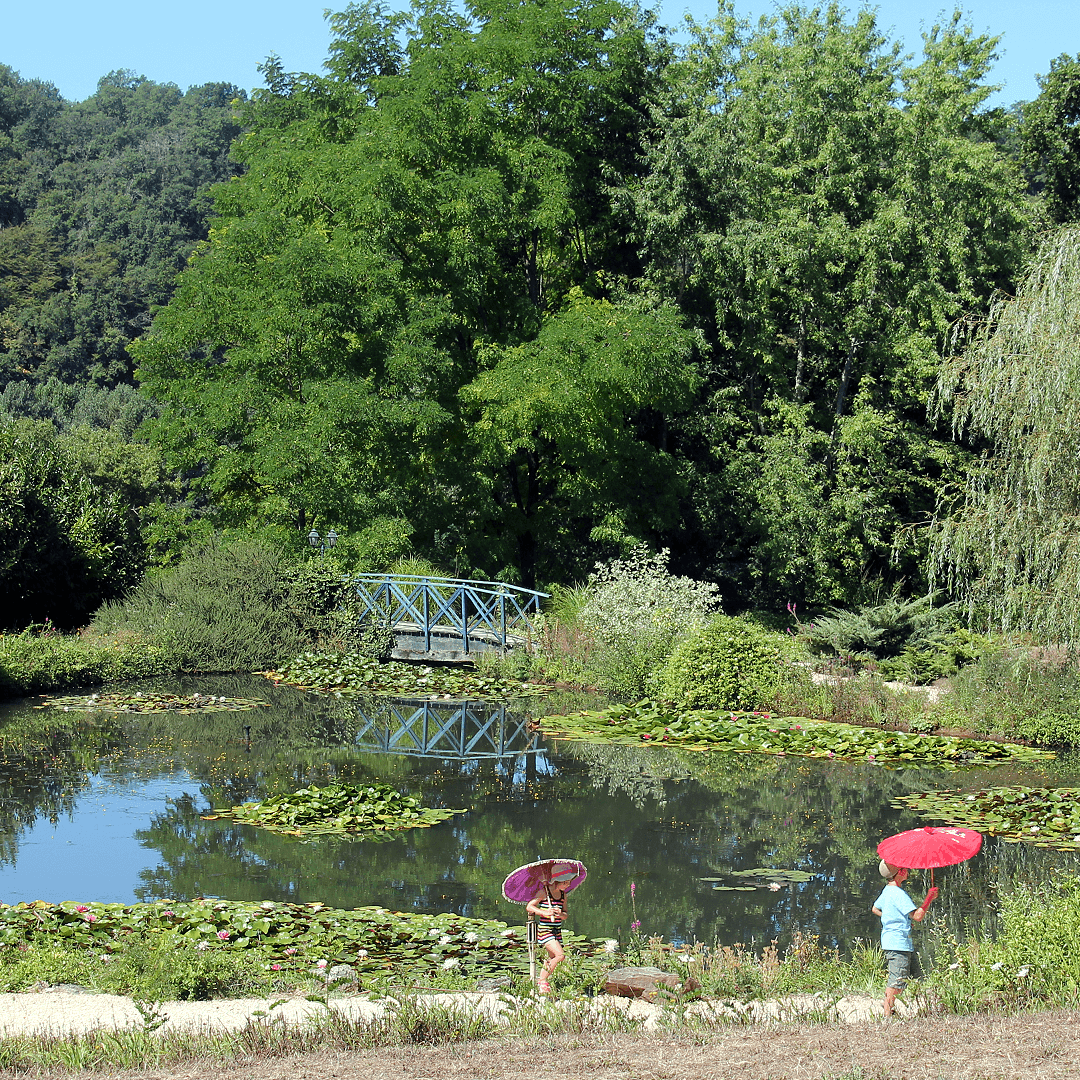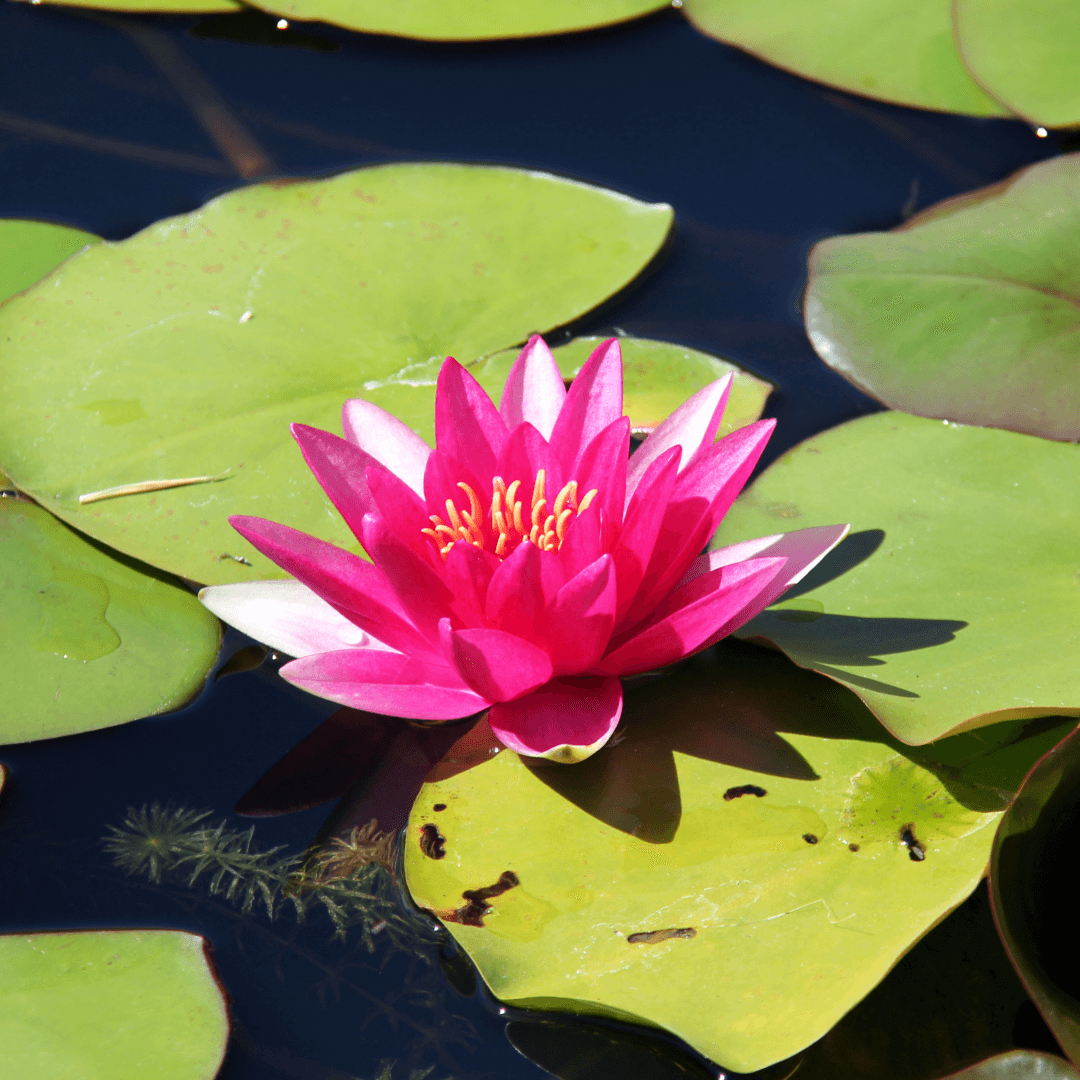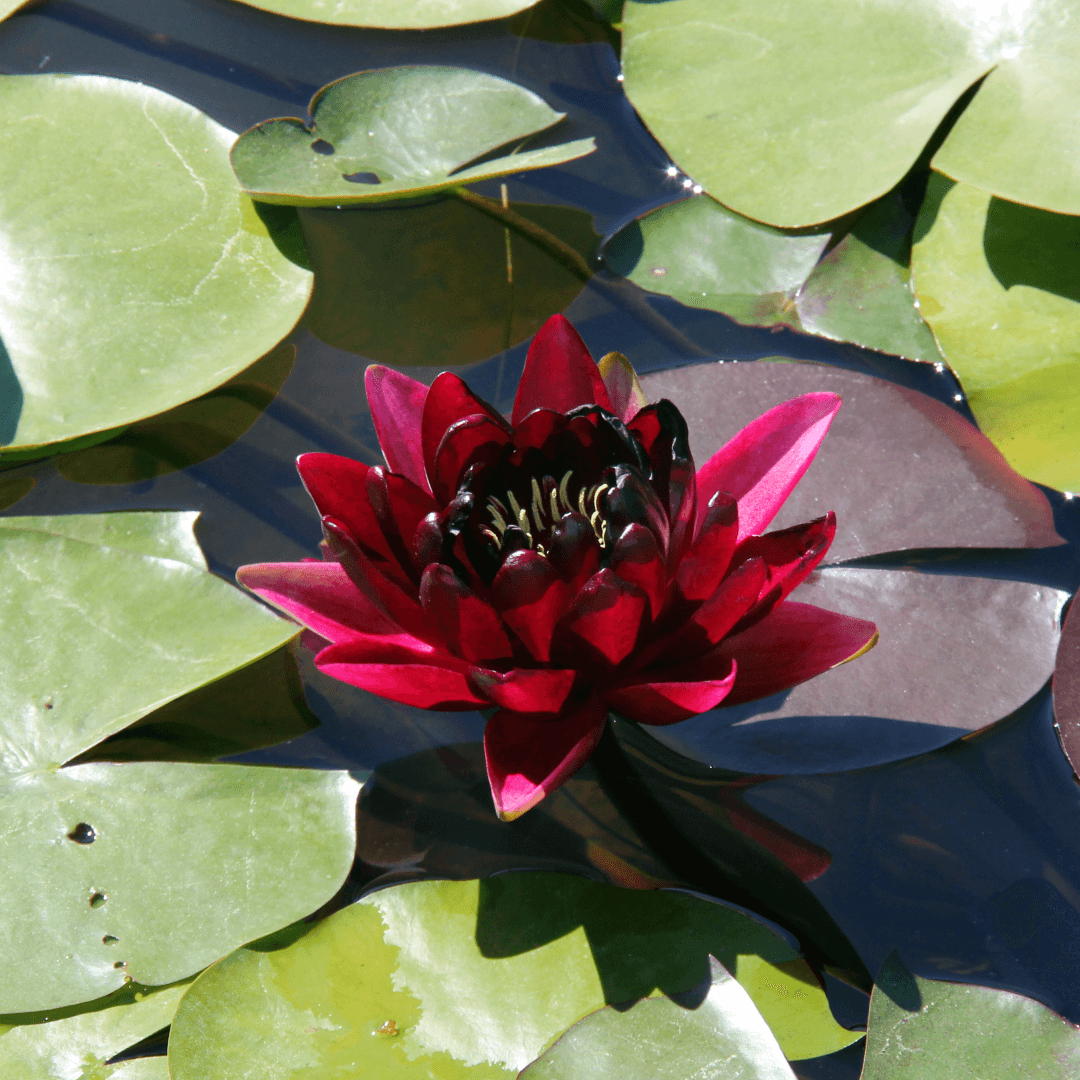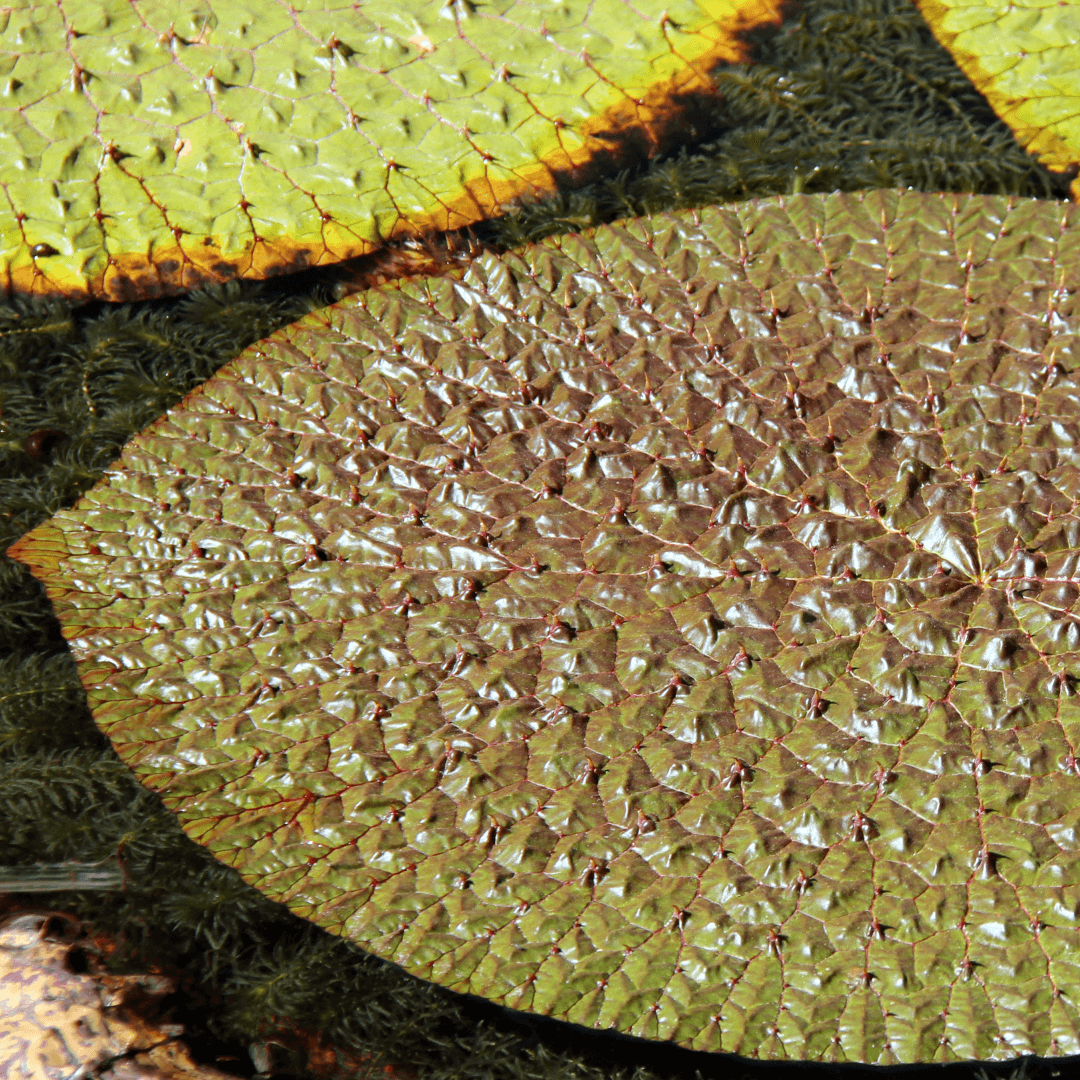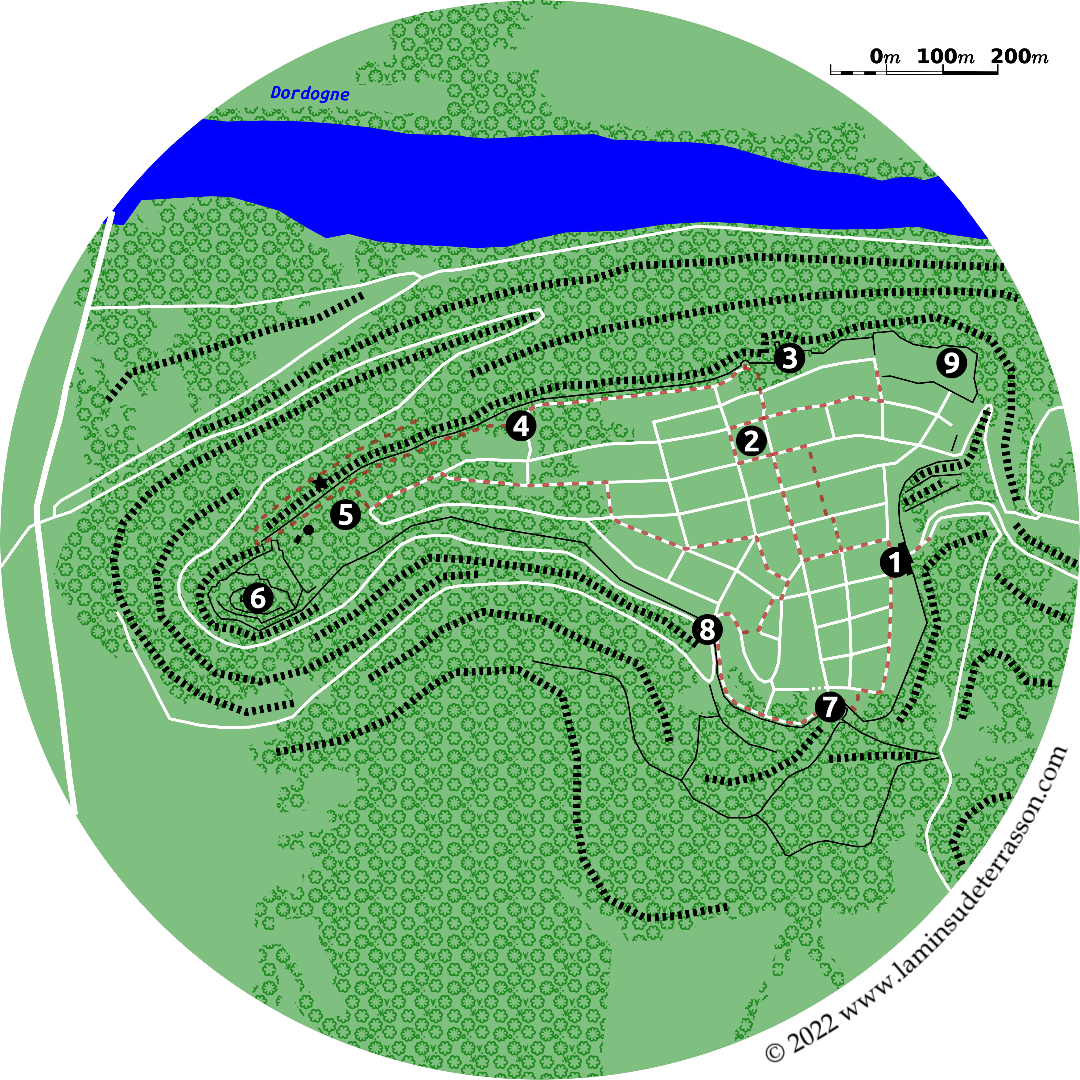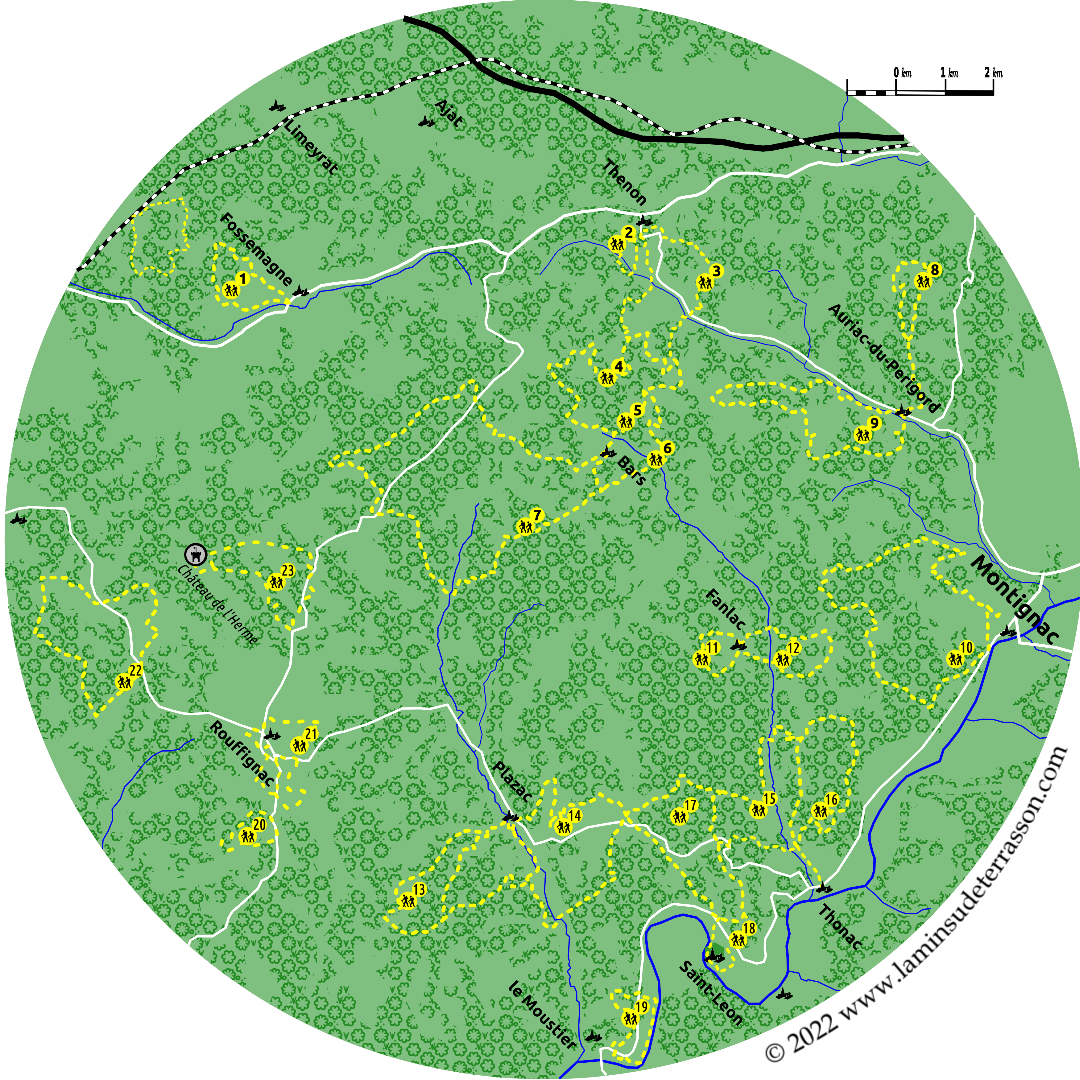Périgord noir
The Périgord is divided into four distinct areas: Noir (Black), Blanc (White), Vert (Green) and Pourpre (Purple). Terrasson, the UNESCO recognized Vézère valley and city of Sarlat, as well as the 'golden stretch' of the Dordogne valley, are all located in the Périgord noir. Learn more about the white and purple Périgord.
Due to its relief and poor soils the Périgord noir has supported a system of mixed agriculture, which is based on many small holders creating a pleasant landscape at a human scale. The area is noted for its cuisine du terroir, with products related to ducks and geese, such as foie gras.
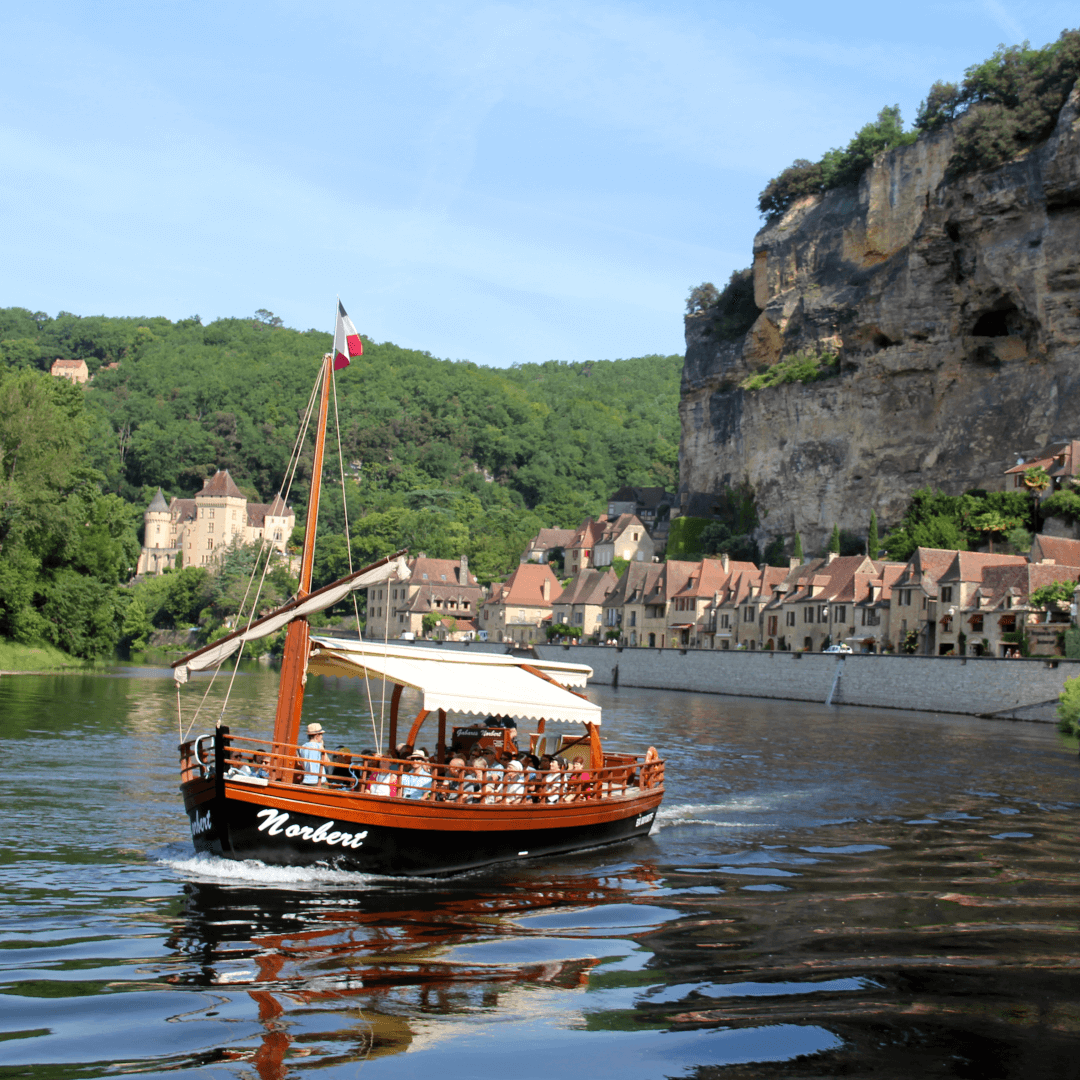
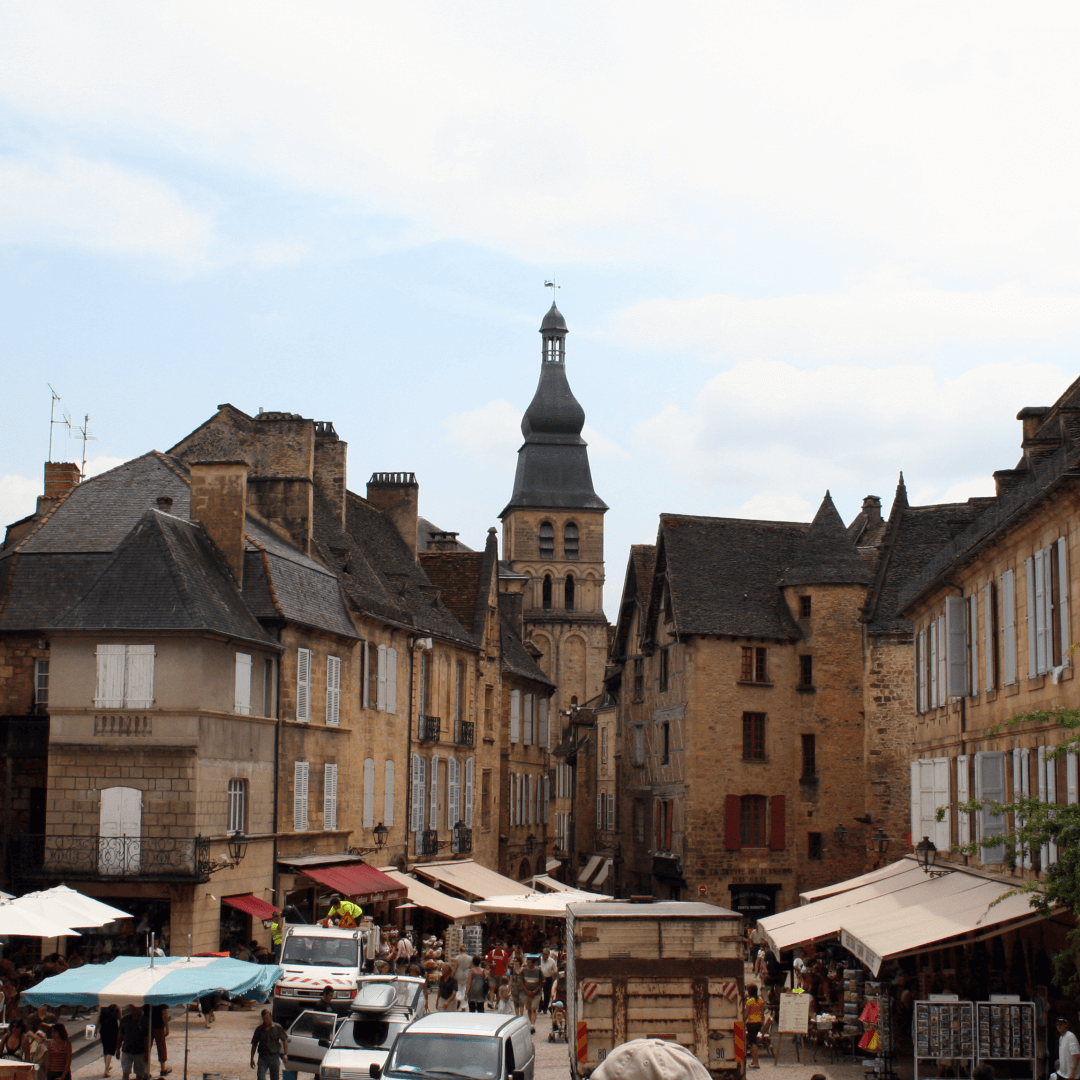

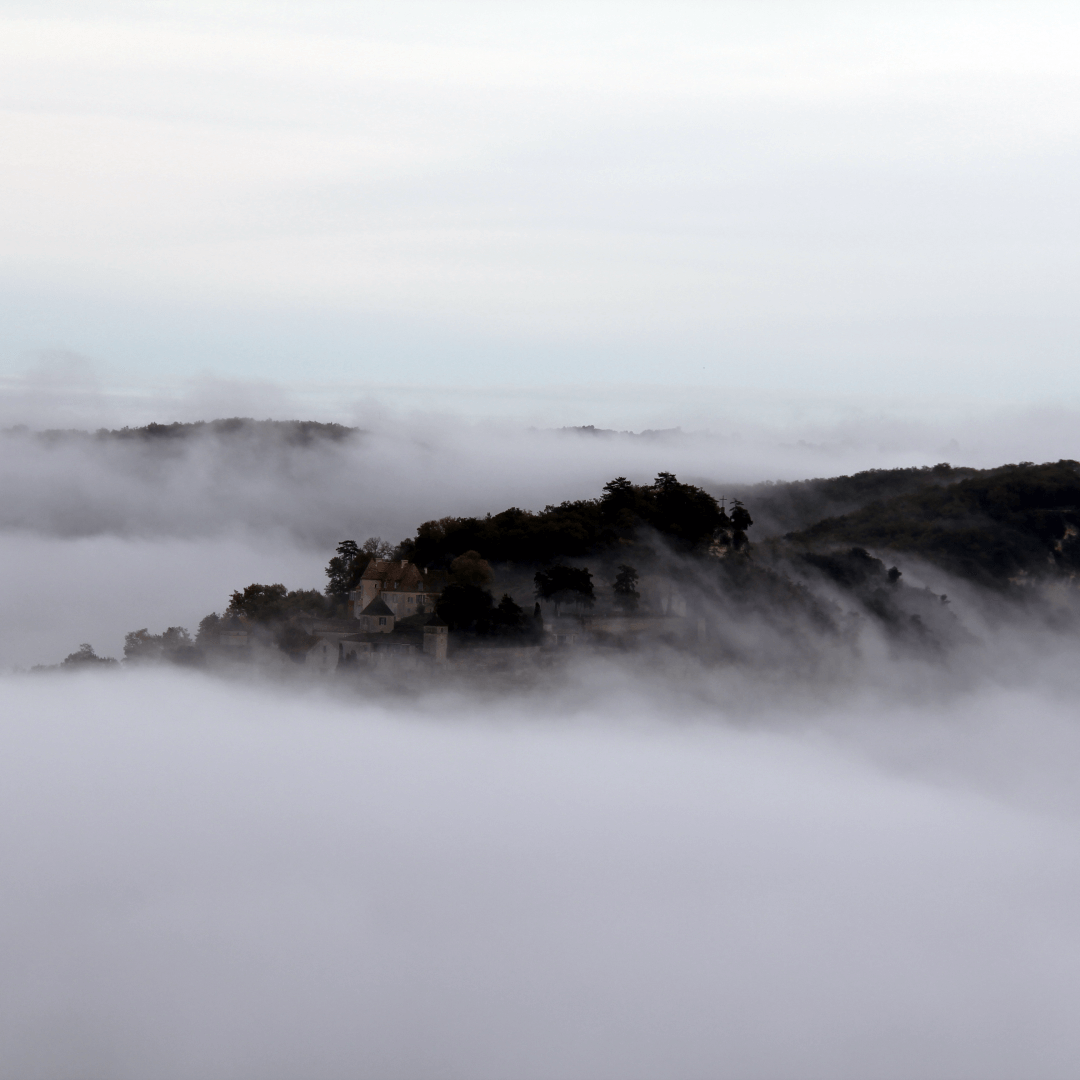
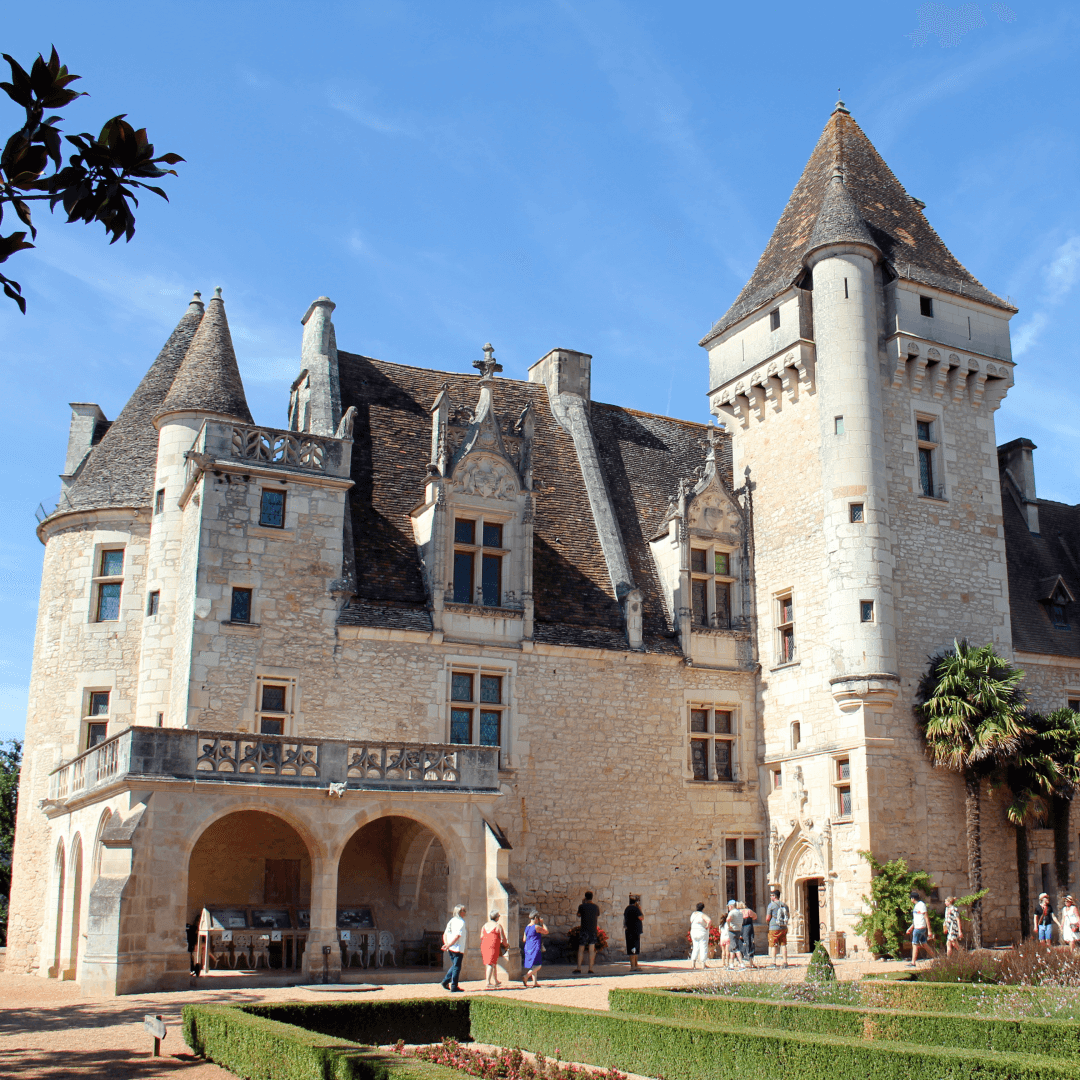
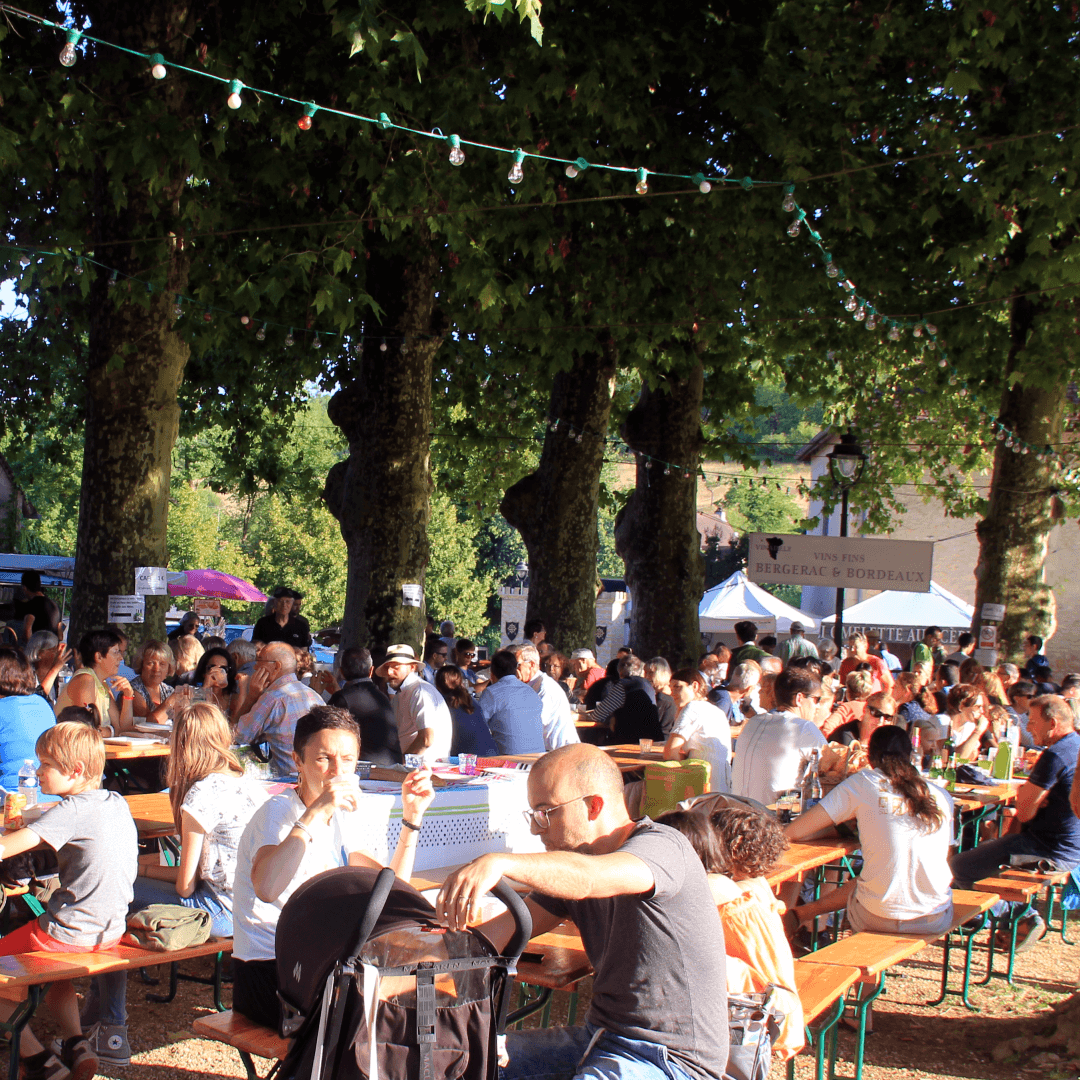
A number of picturesque villages are within a half-an-hour drive of Terrasson in the general direction of Sarlat; explore La Cassagne, Saint-Amand-de-Coly or Saint Geniès on our Coly valley hikes page. The Vézère valley page explores this UNESCO world heritage at the center of the Périgord noir with its rich prehistoric art. The section to the north is explored in more detail in our page on the Auvézère.
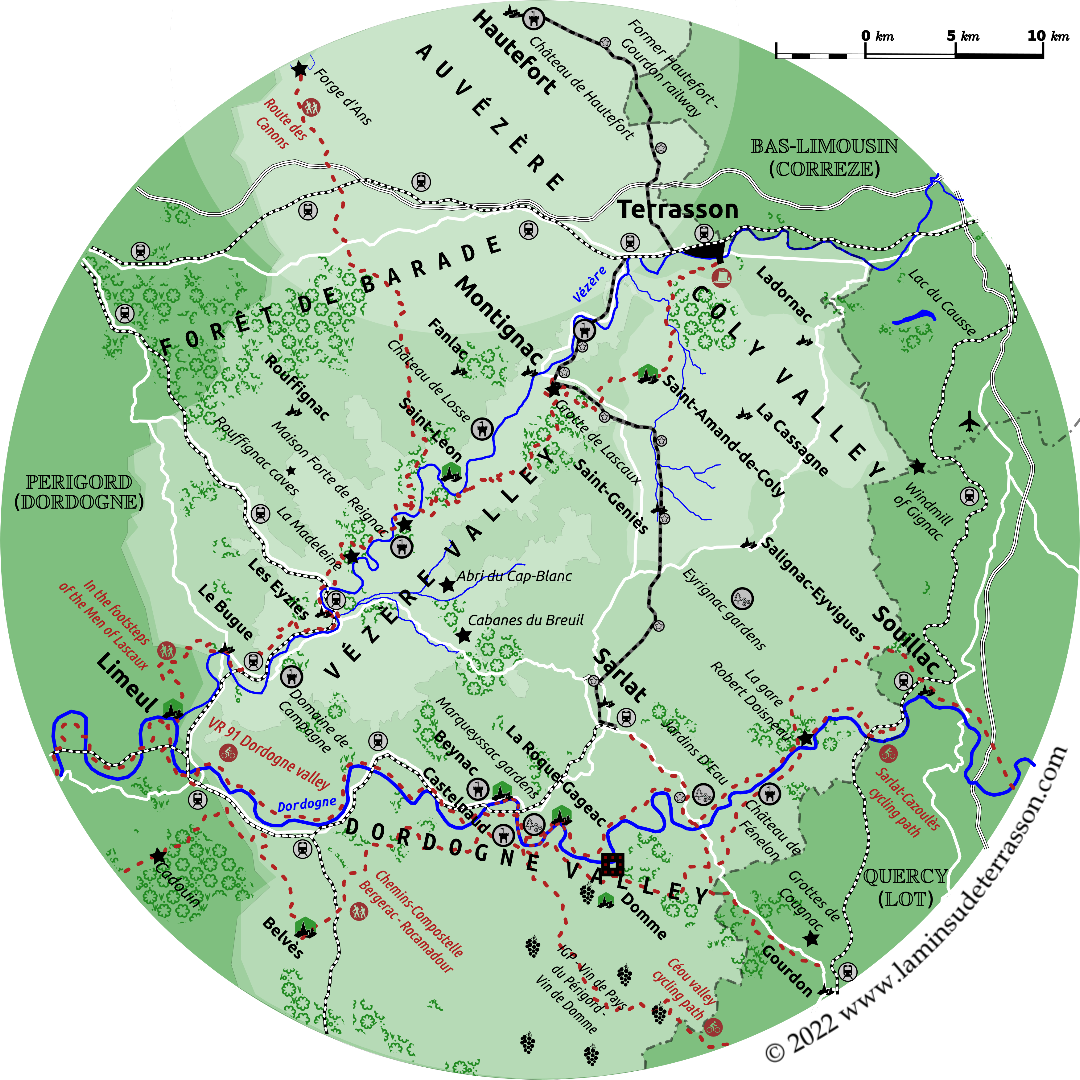
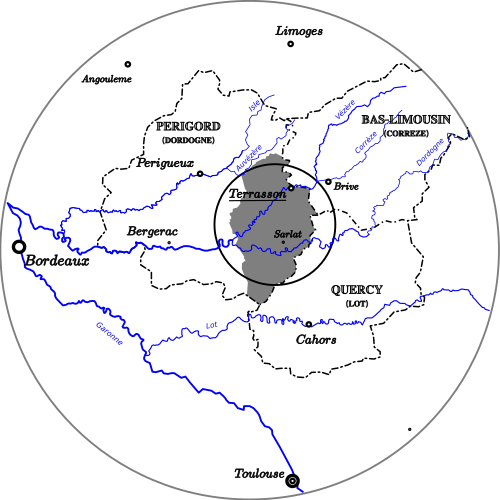 Pass a few hours in the gardens of the Manoir d'Eyrignac before spending the afternoon in the enchanting Sarlat. Driving through the Dordogne valley you pass some spectacular landscapes composed of the river, old towns and castles. Choose to explore some of France's 'most beautiful villages': Beynac, La-Roque-Gageac, Belvès or Domme. A river cruise on board one of the Gabarres is a must.
Pass a few hours in the gardens of the Manoir d'Eyrignac before spending the afternoon in the enchanting Sarlat. Driving through the Dordogne valley you pass some spectacular landscapes composed of the river, old towns and castles. Choose to explore some of France's 'most beautiful villages': Beynac, La-Roque-Gageac, Belvès or Domme. A river cruise on board one of the Gabarres is a must.
This page ends with the Forêt de Barade the setting for Eugène Le Roy's Jaquou le Croquant novel (and the subsequent tv series and film), that made the Périgord noir the quintessential france profonde.

